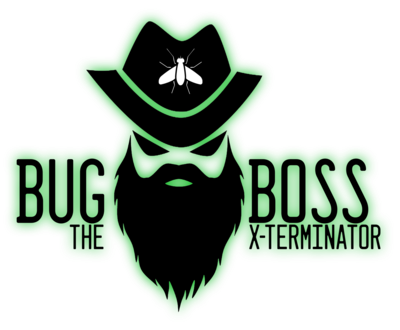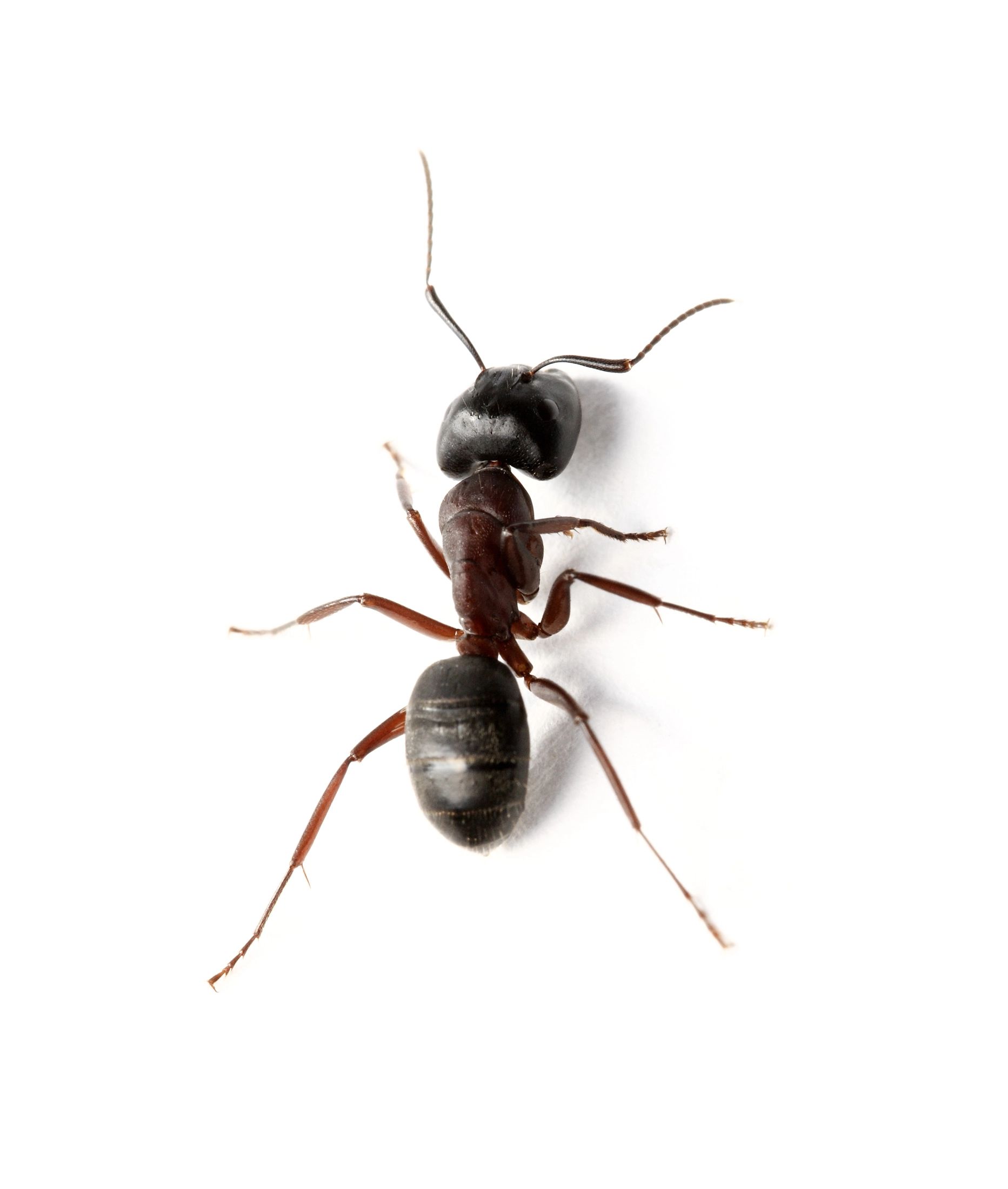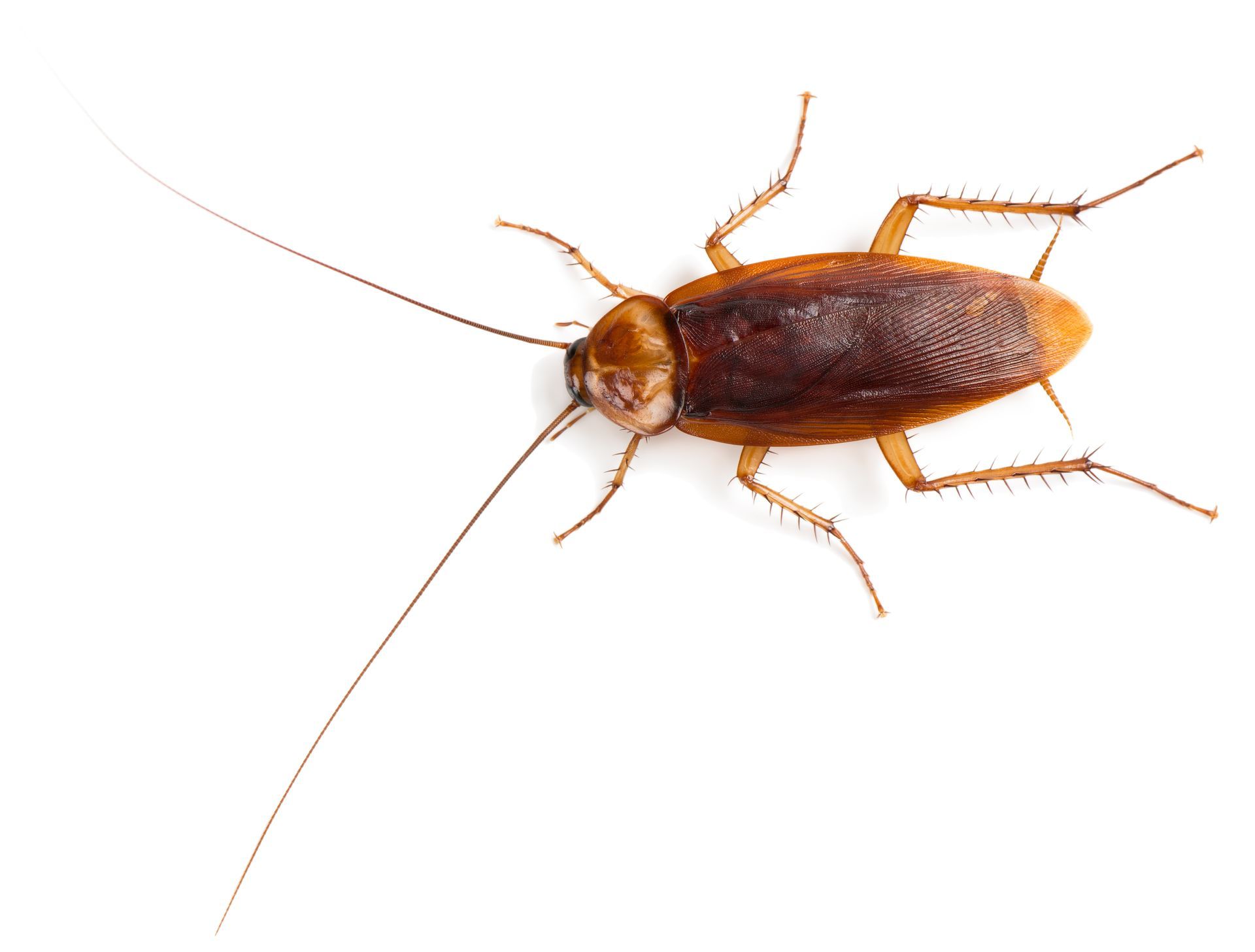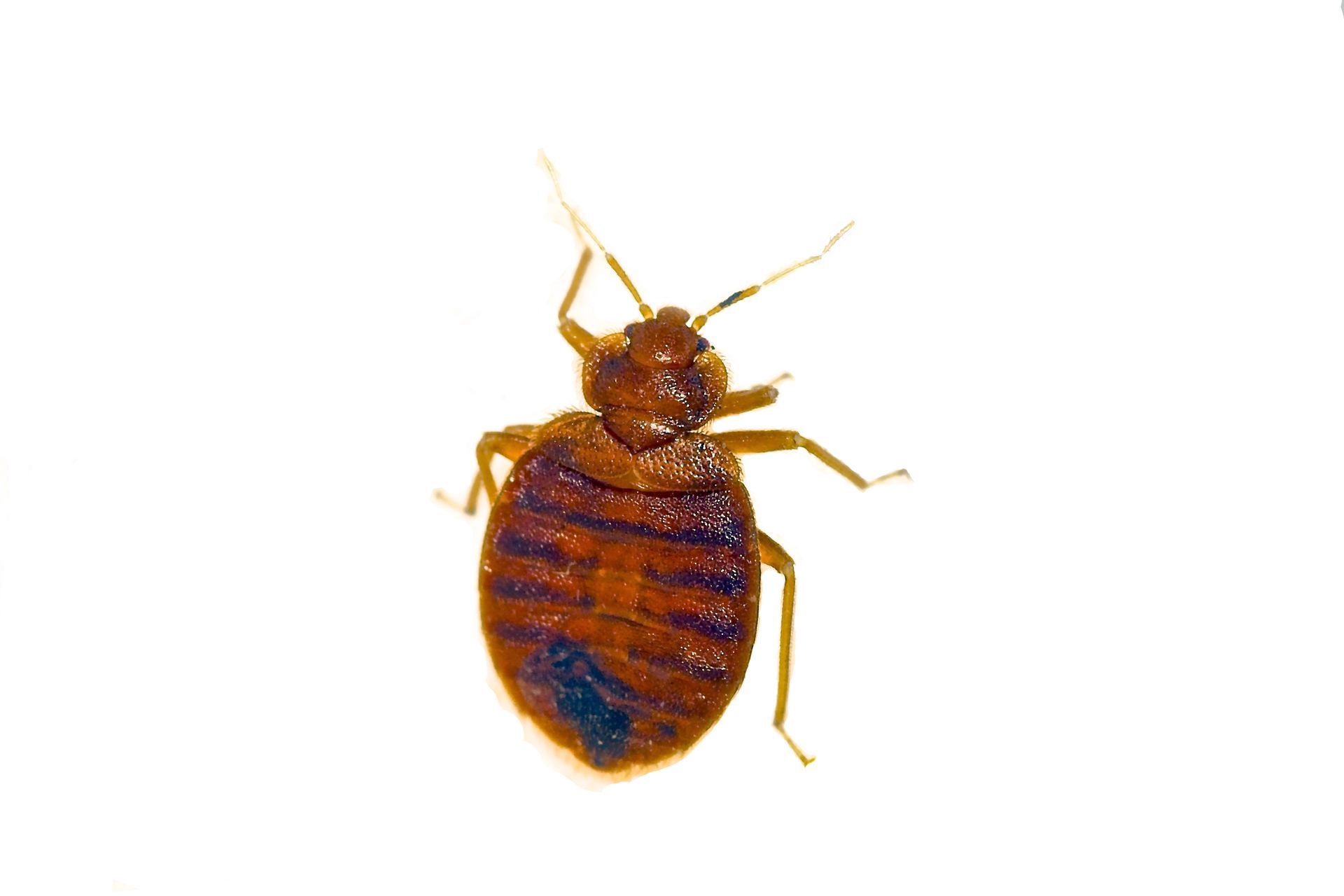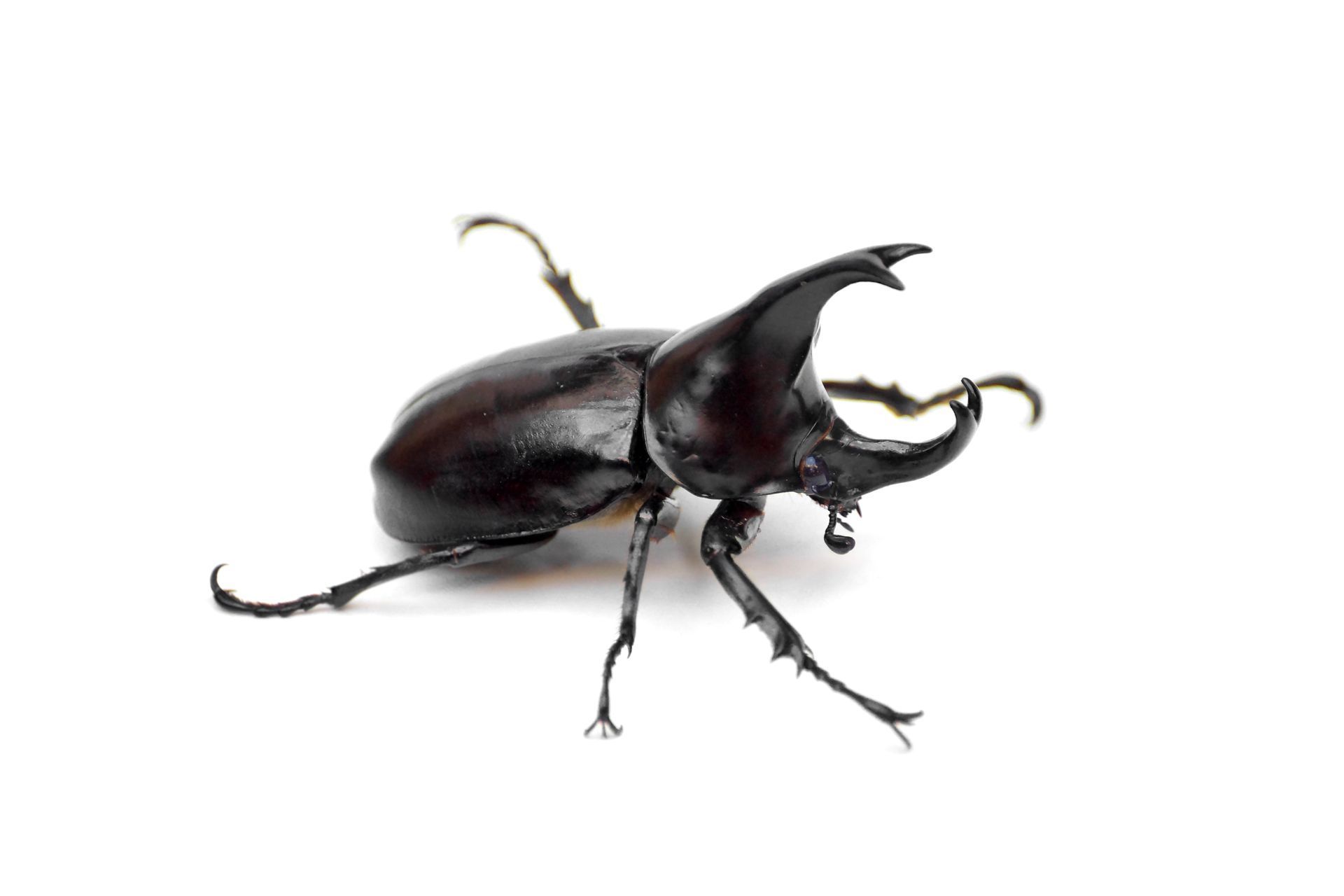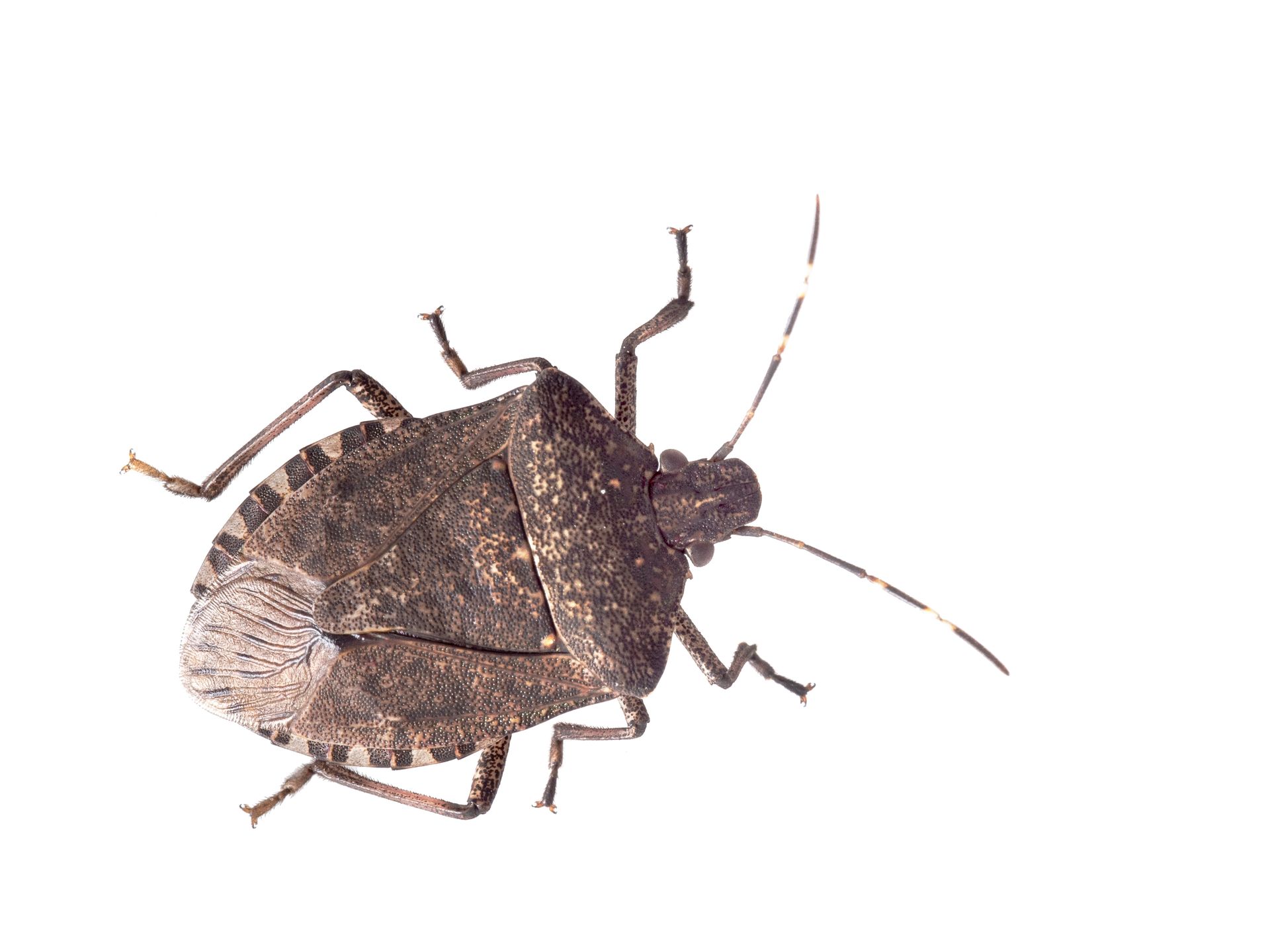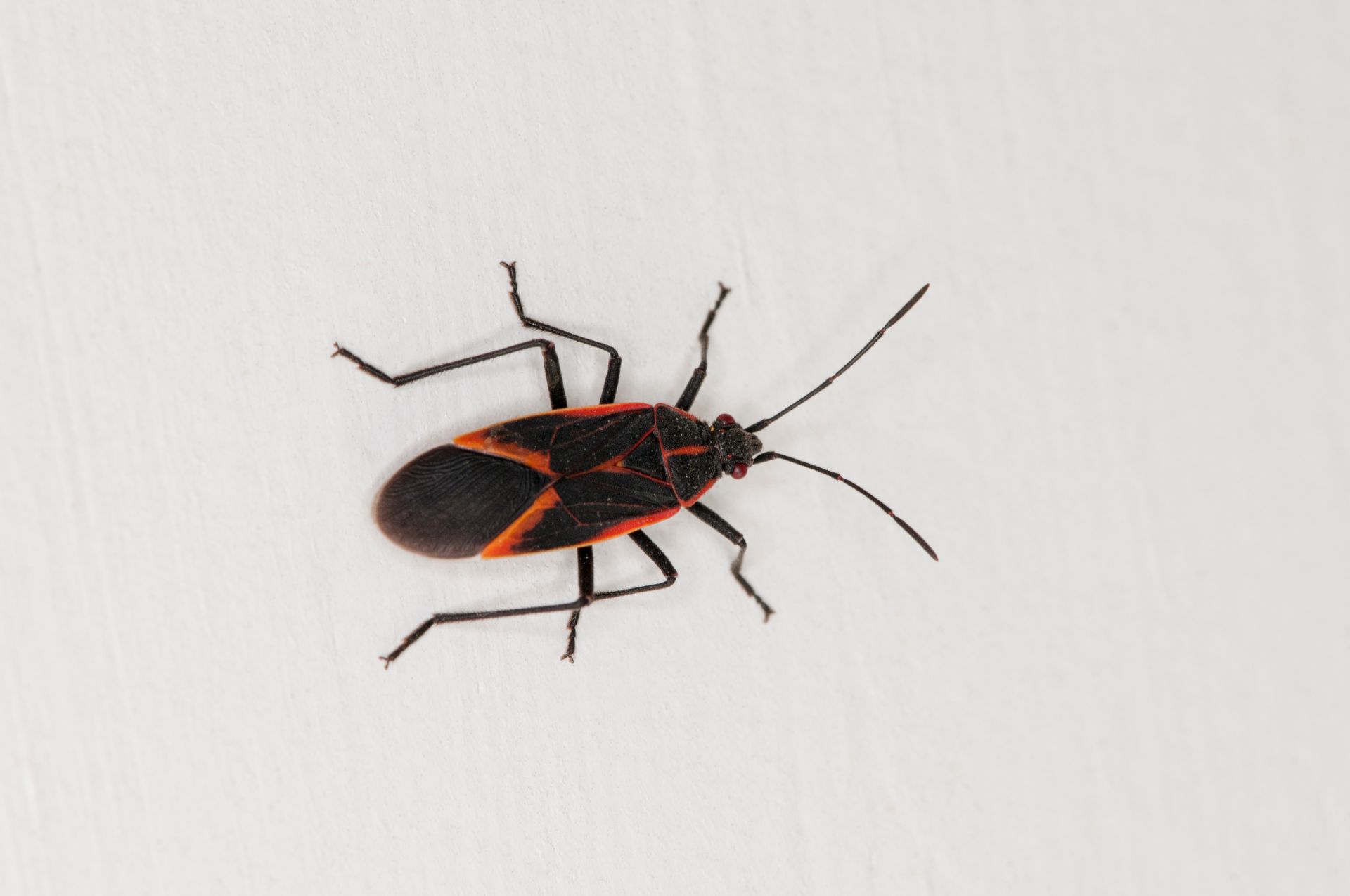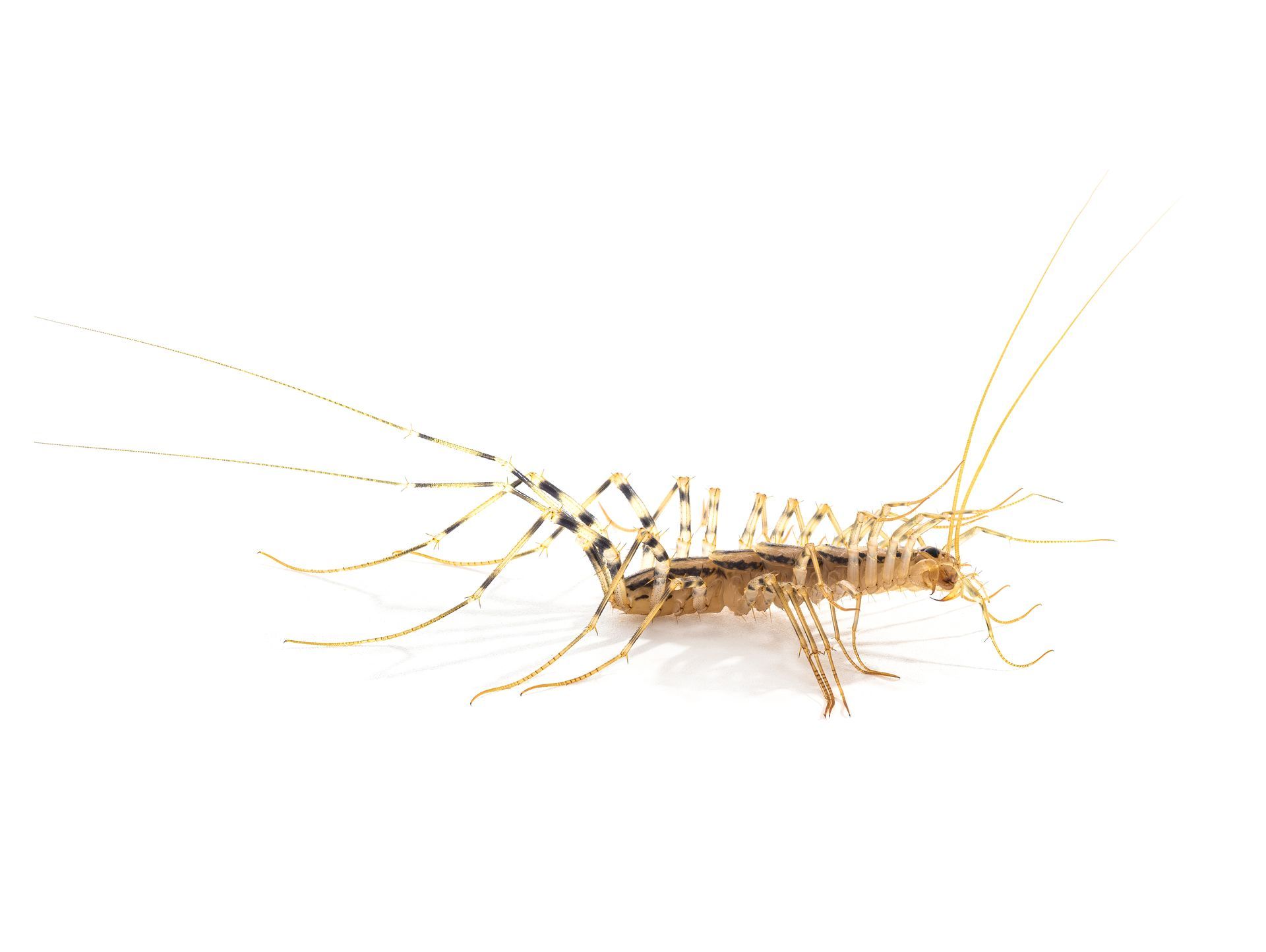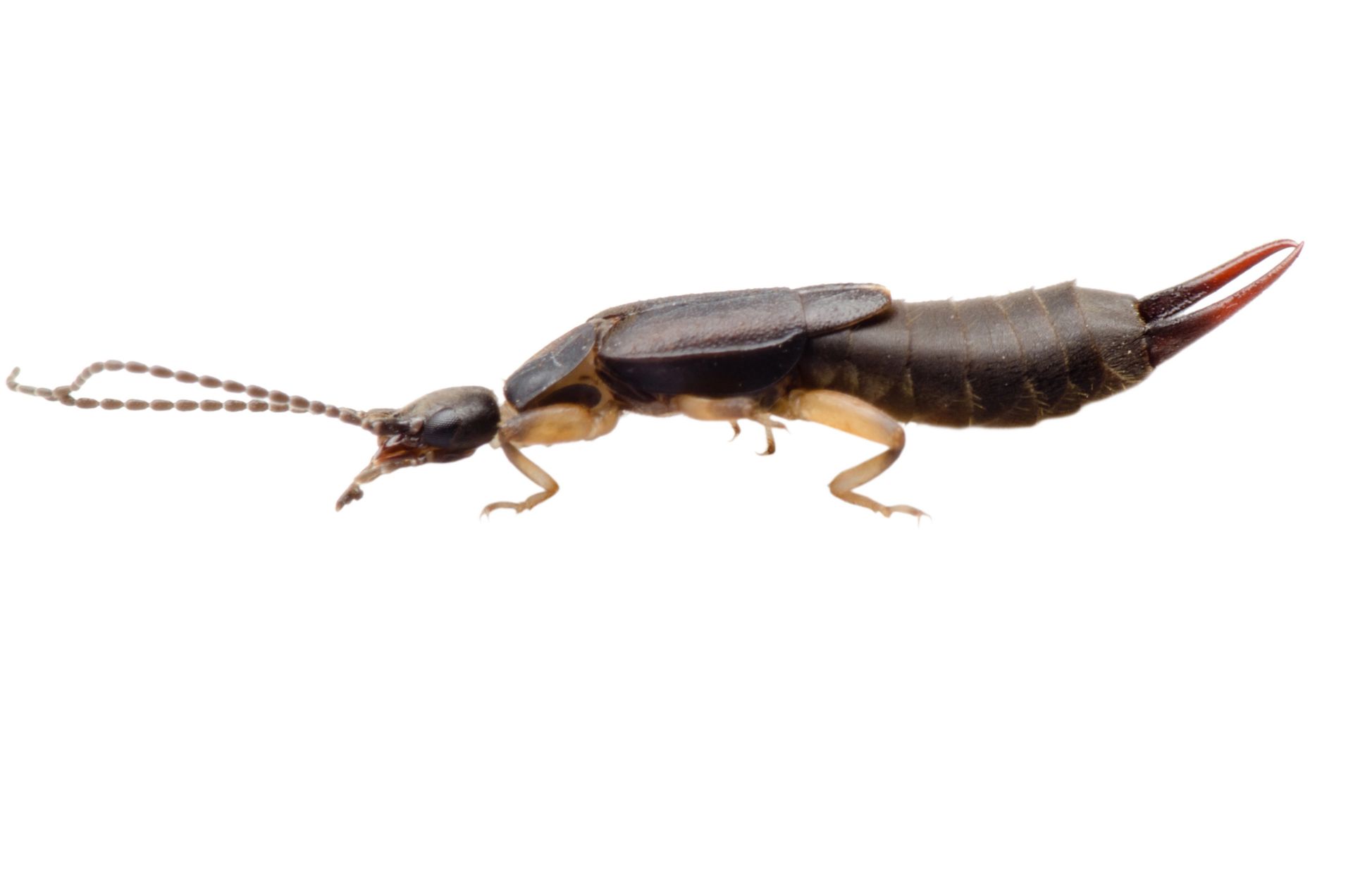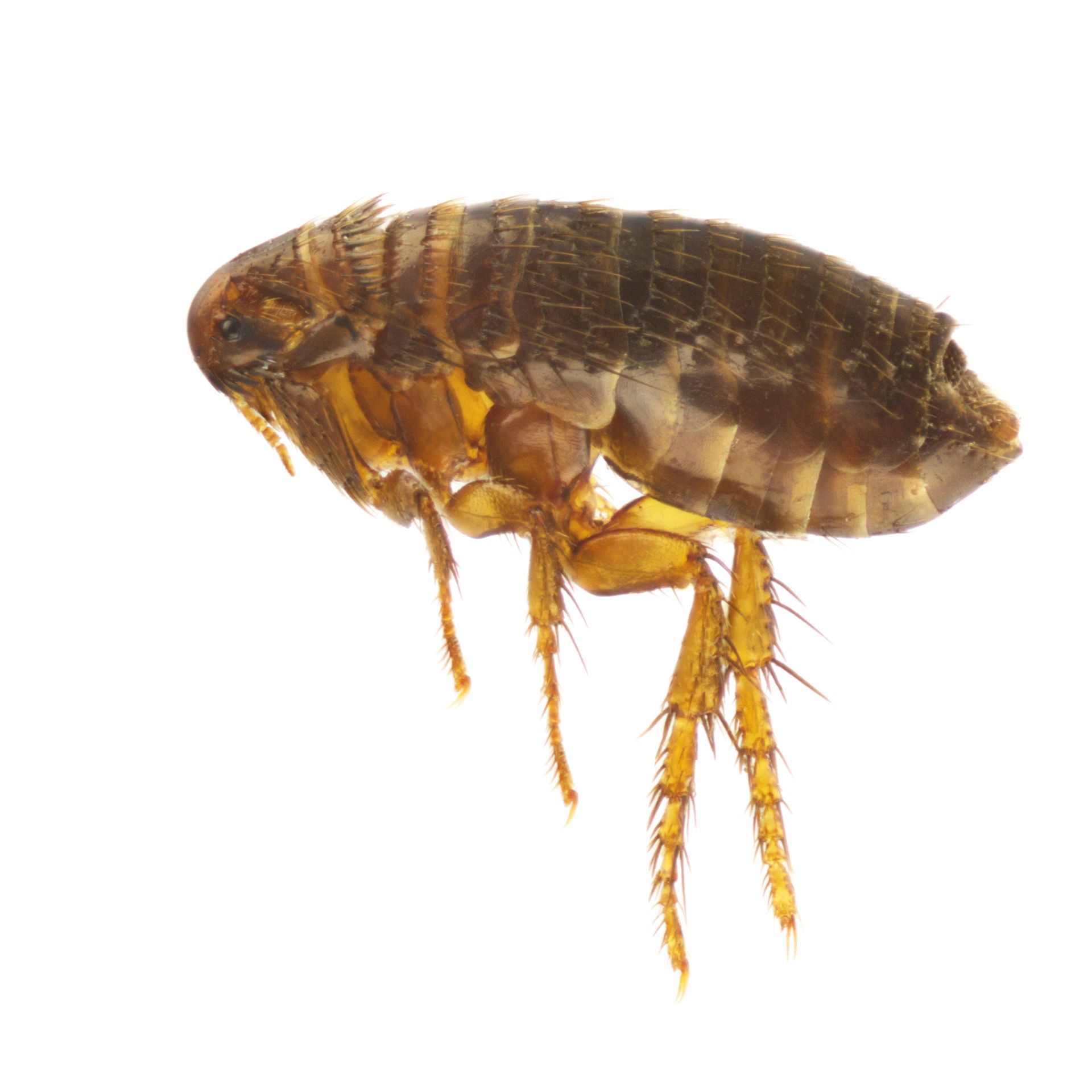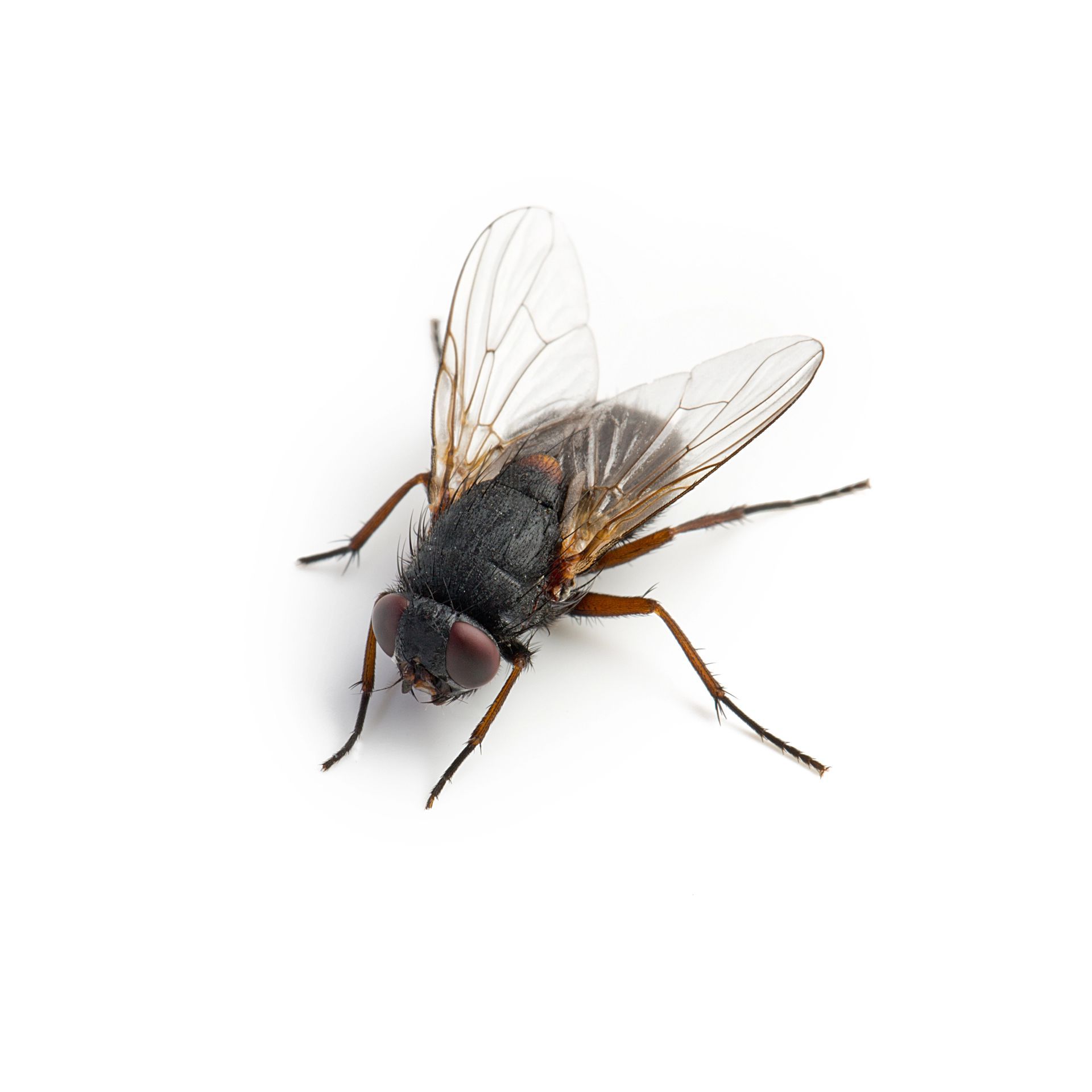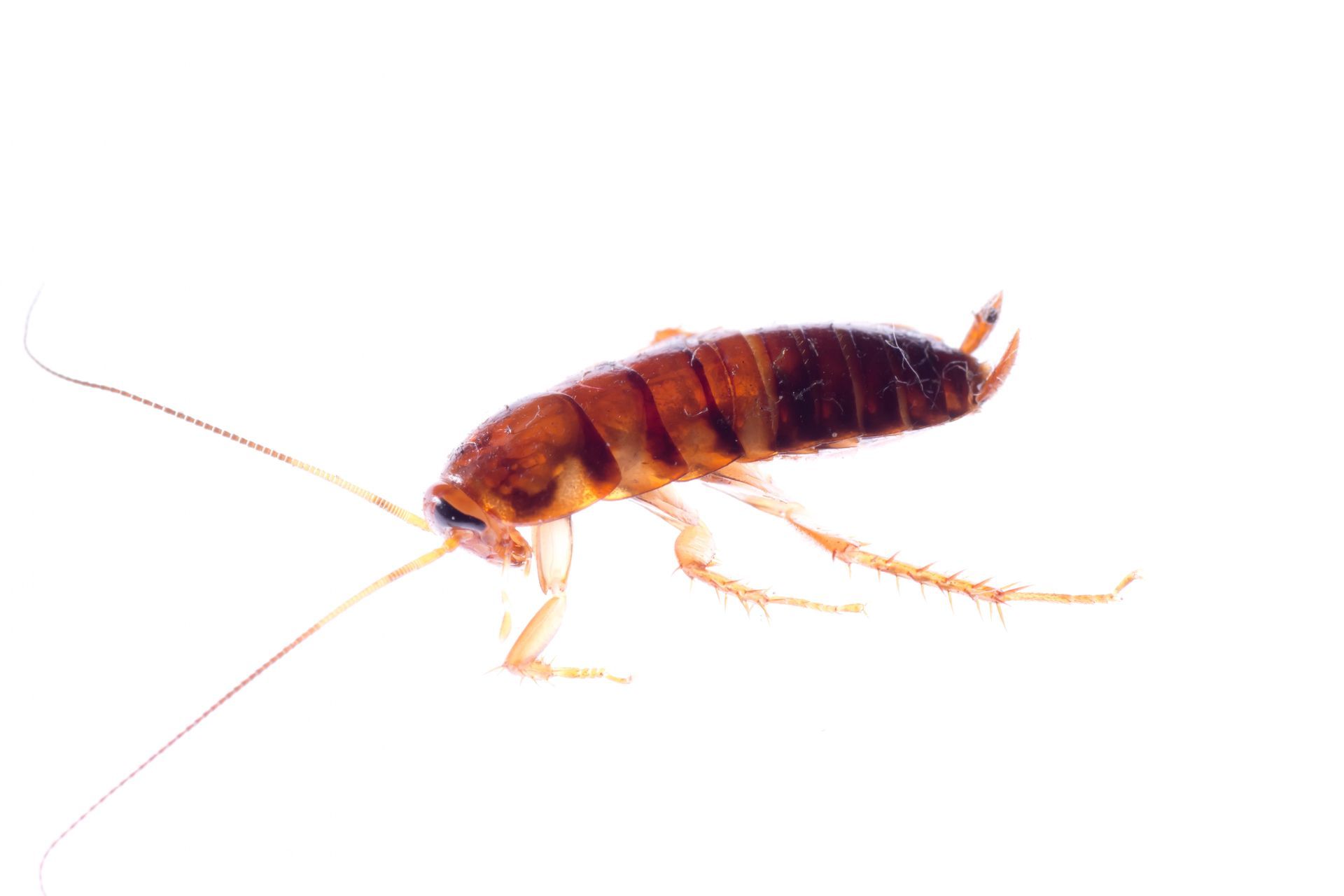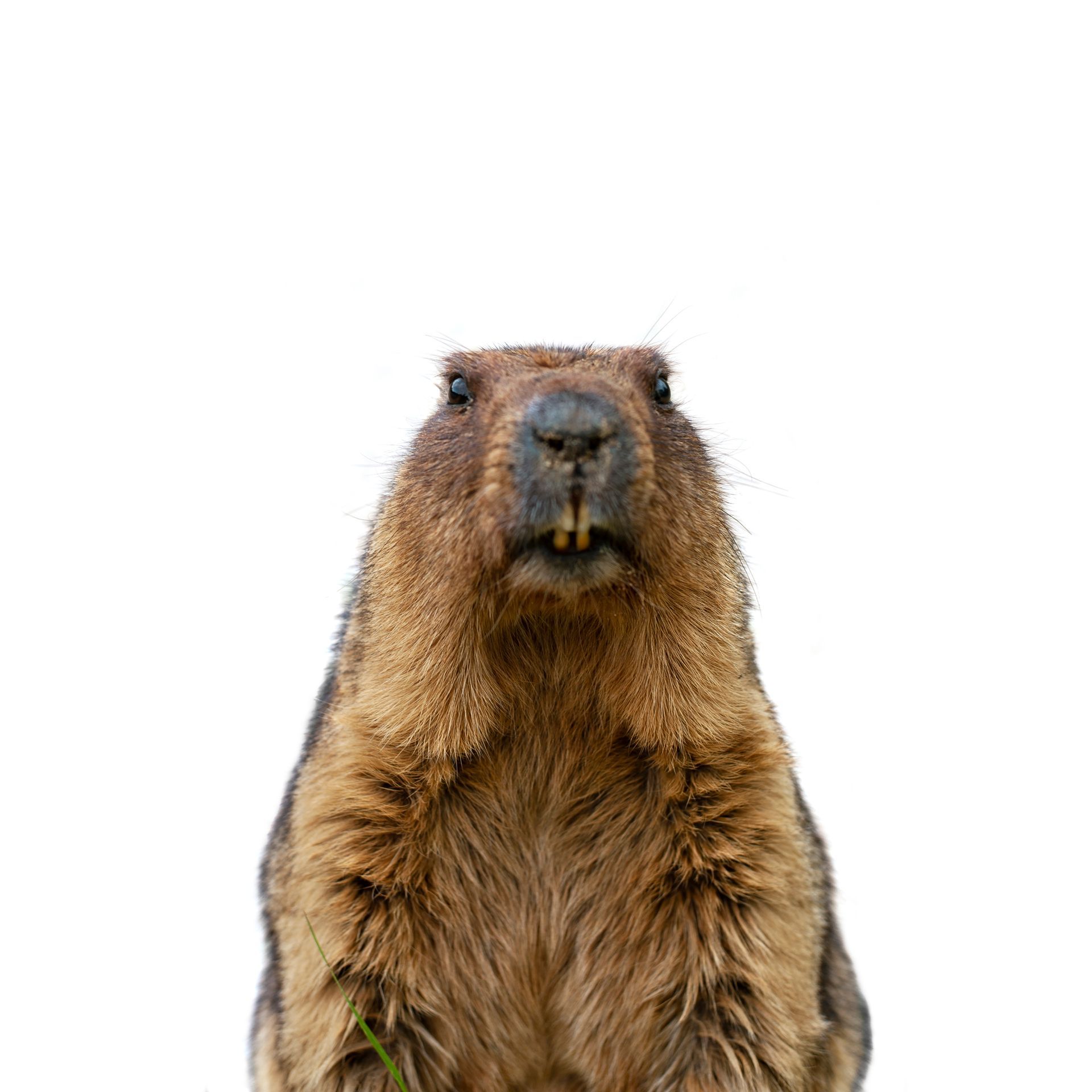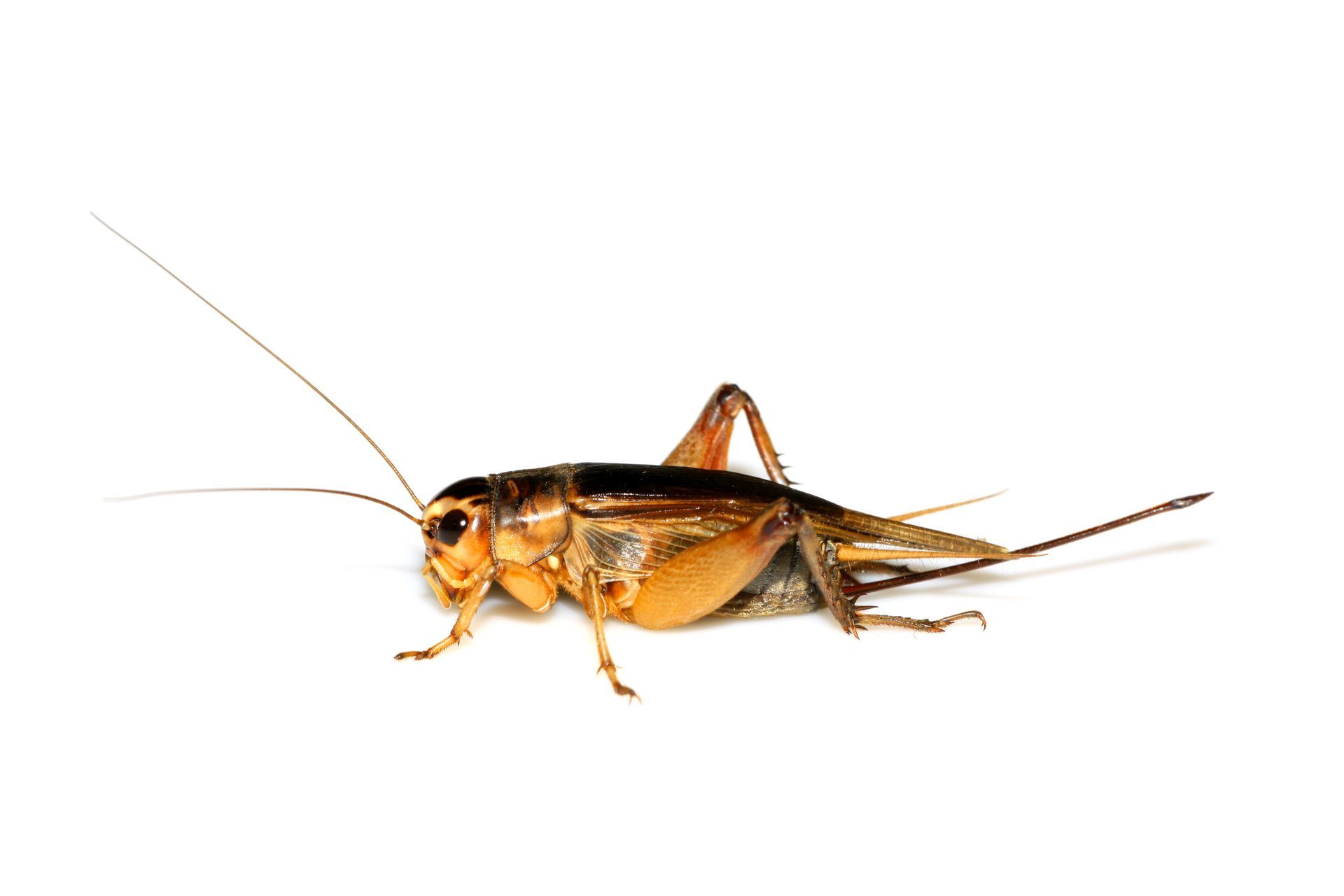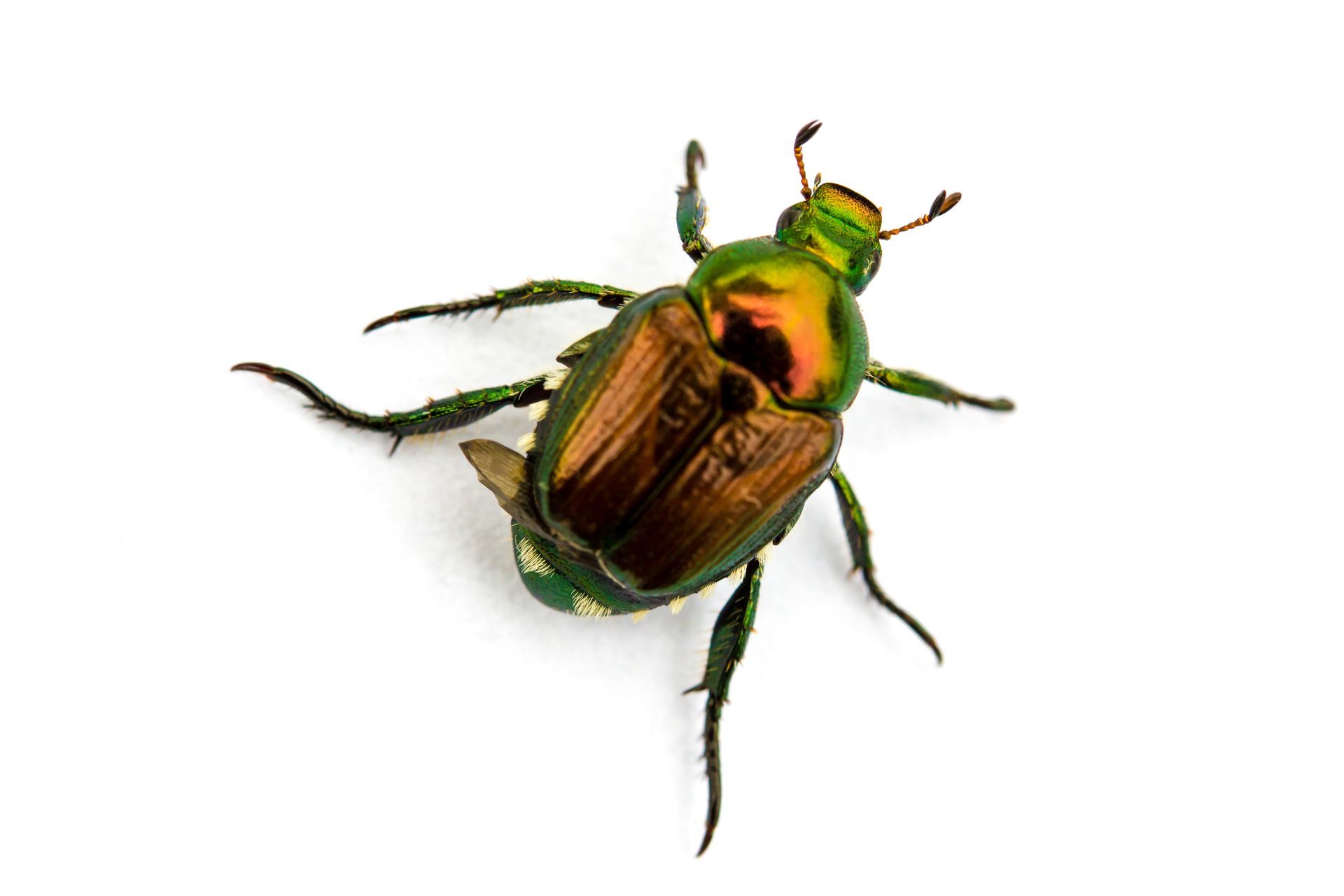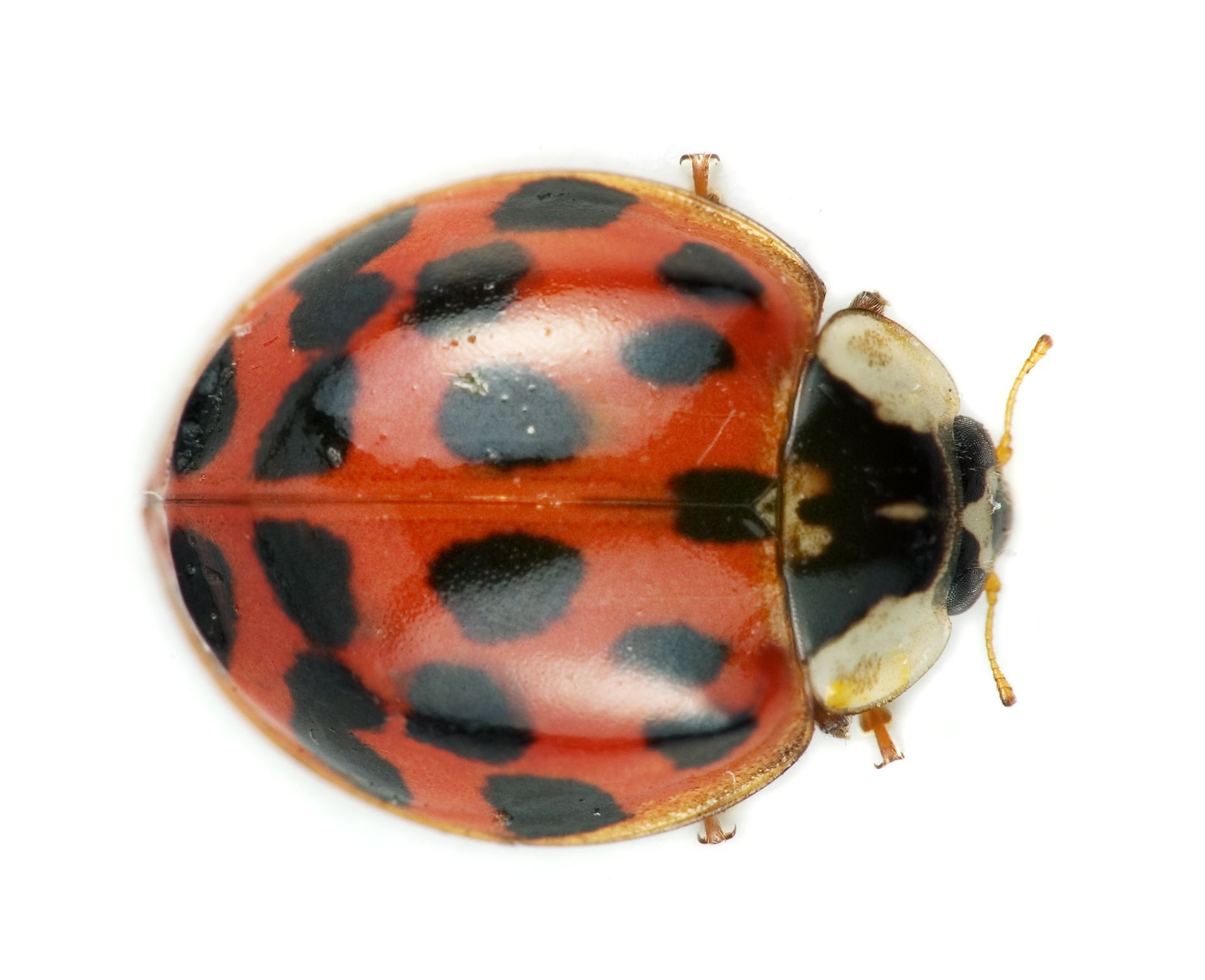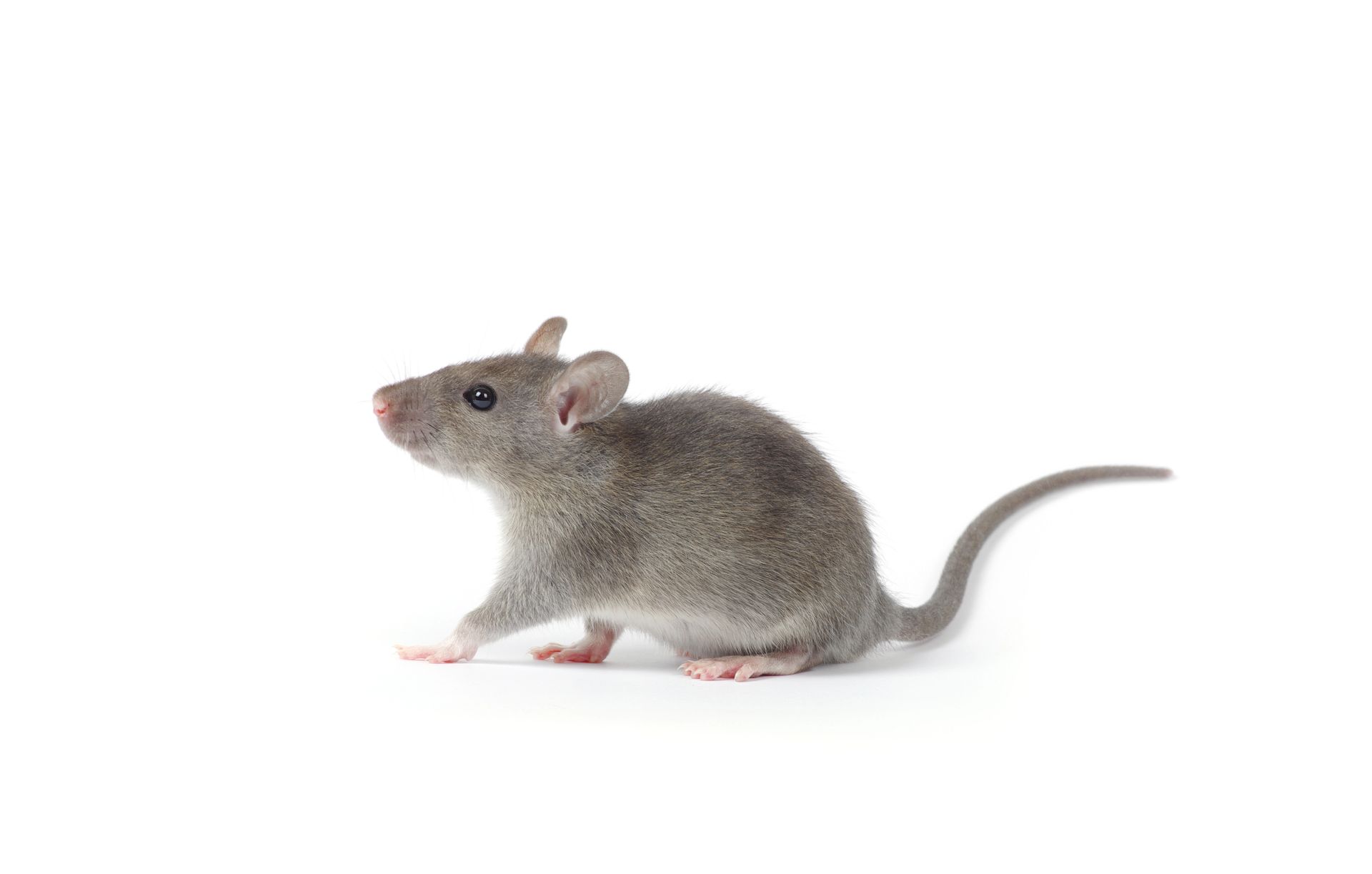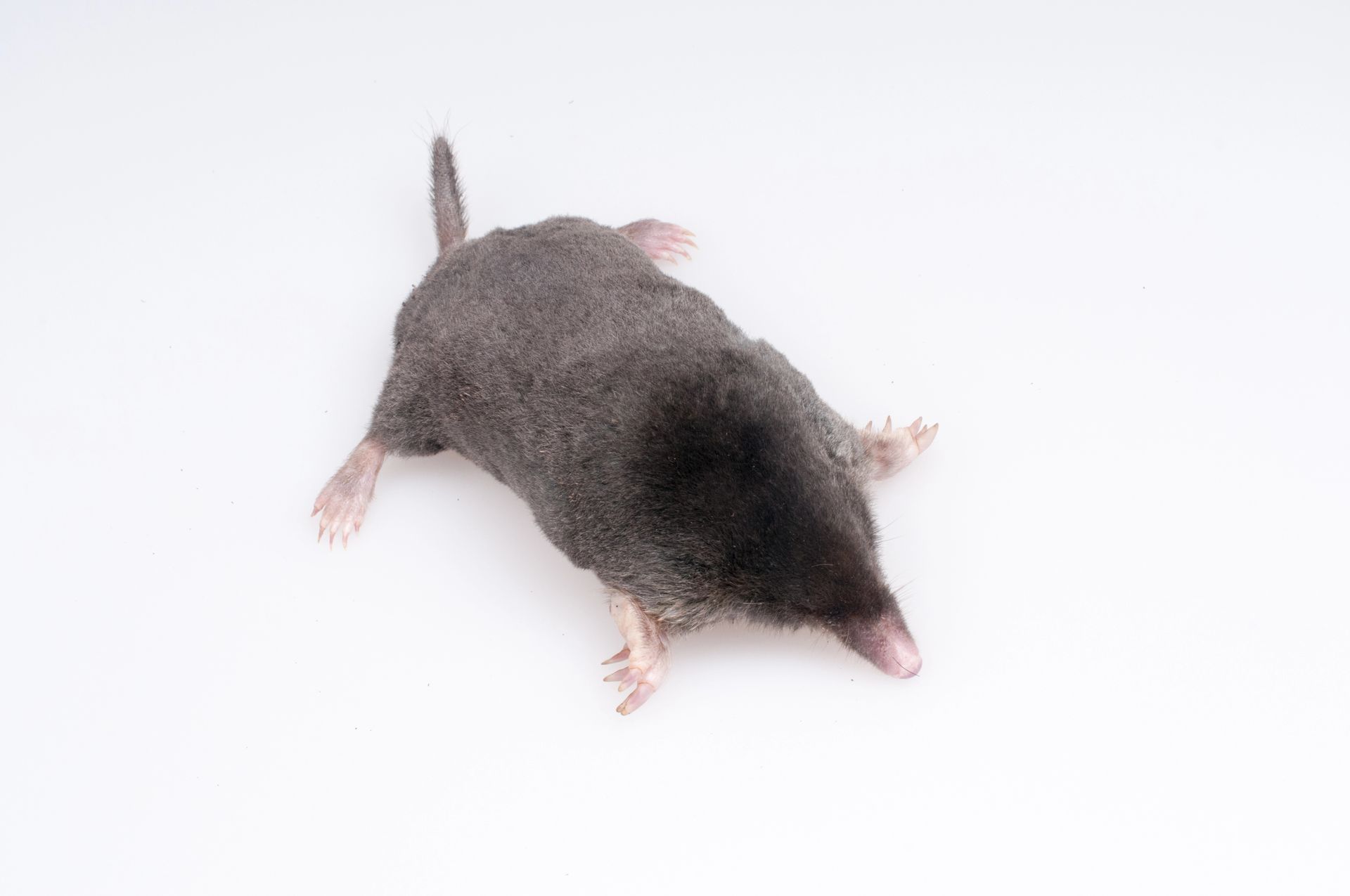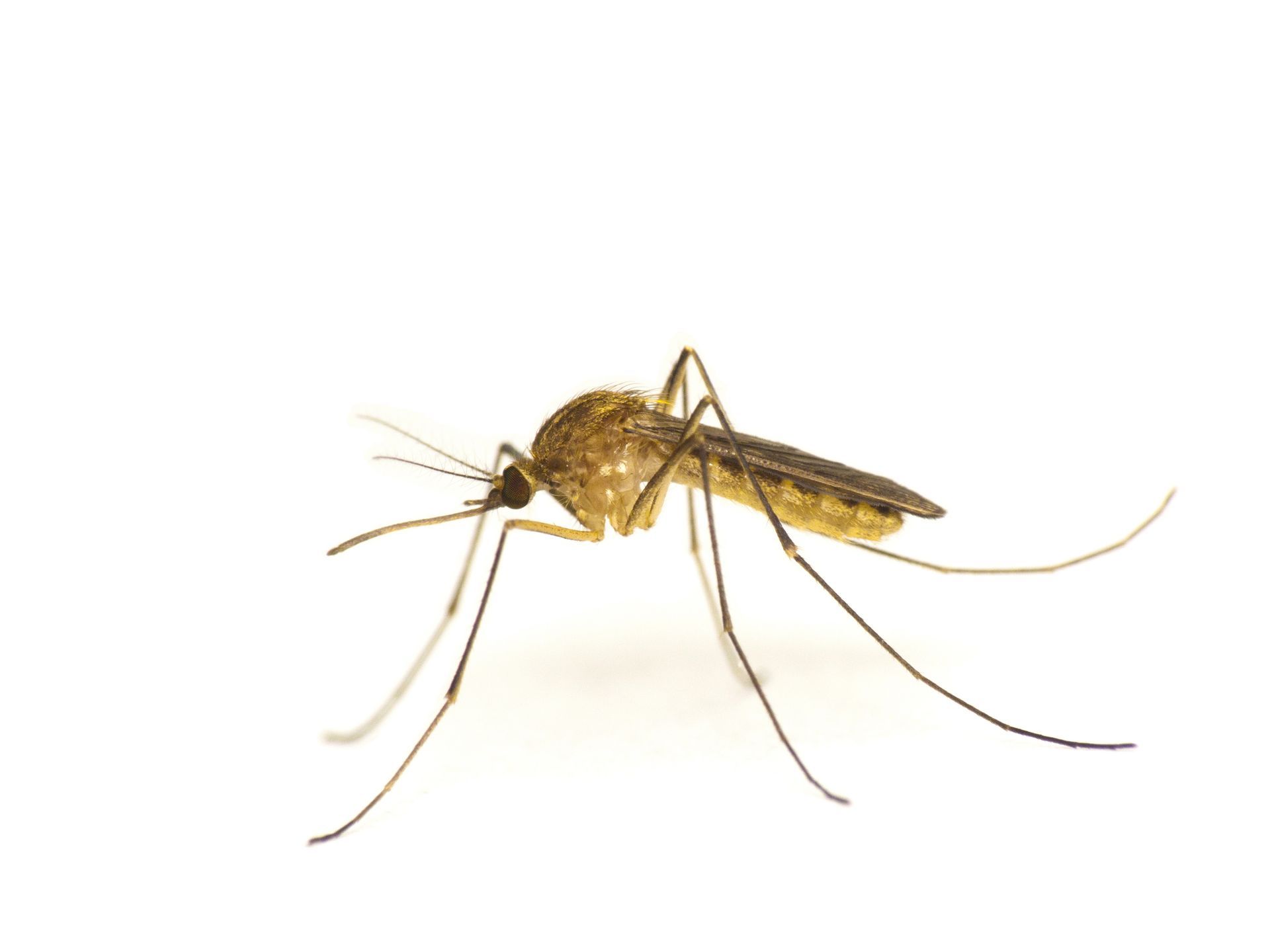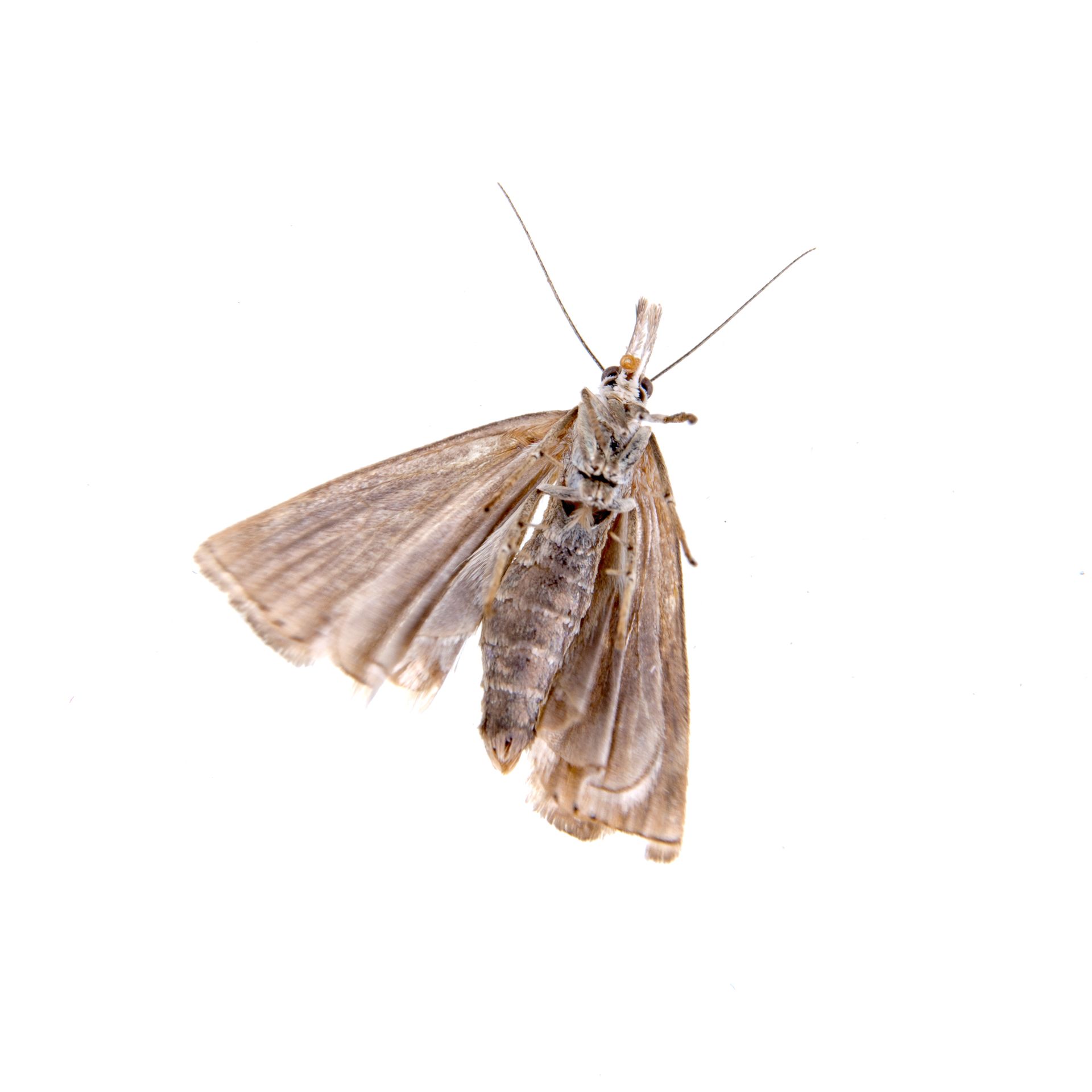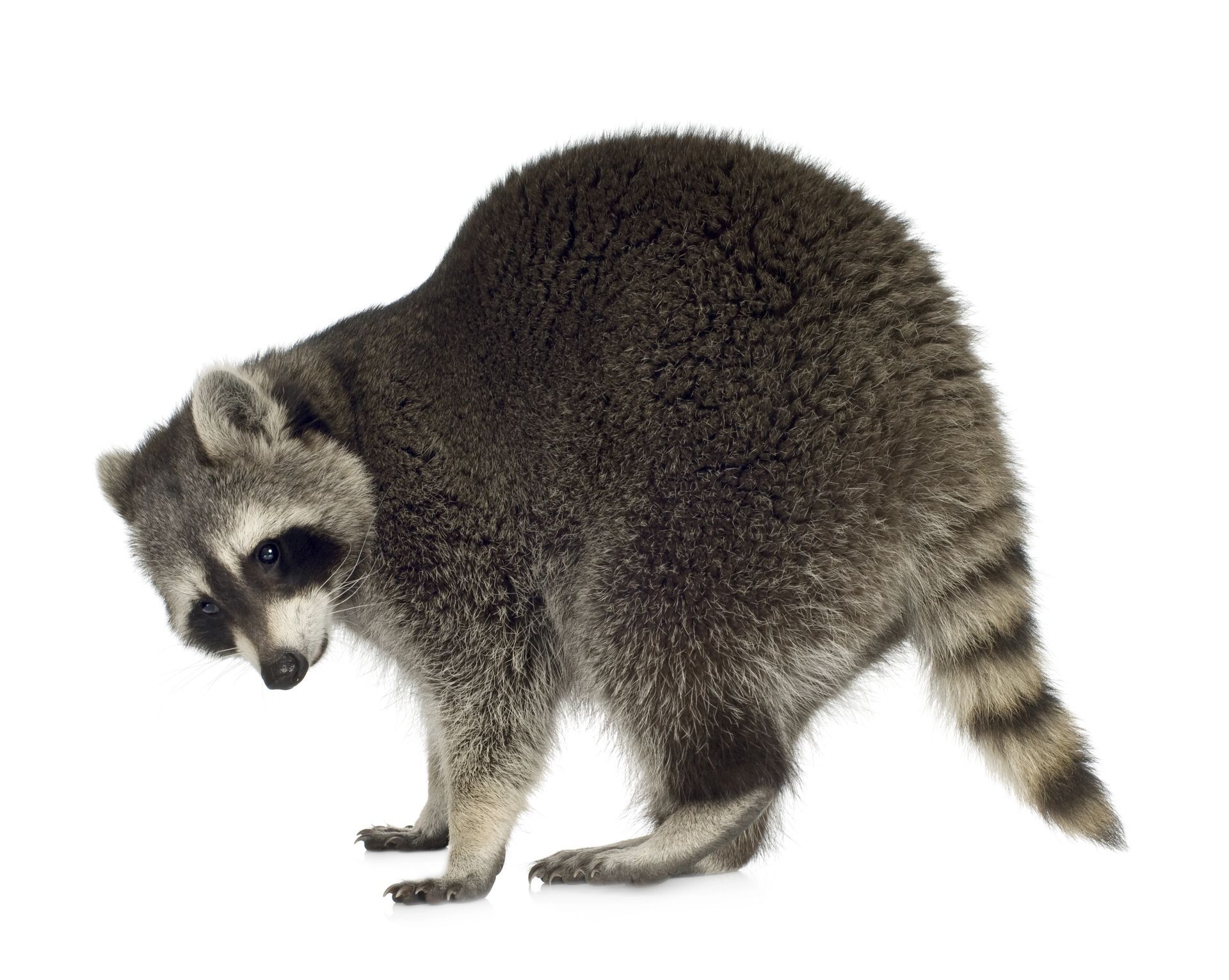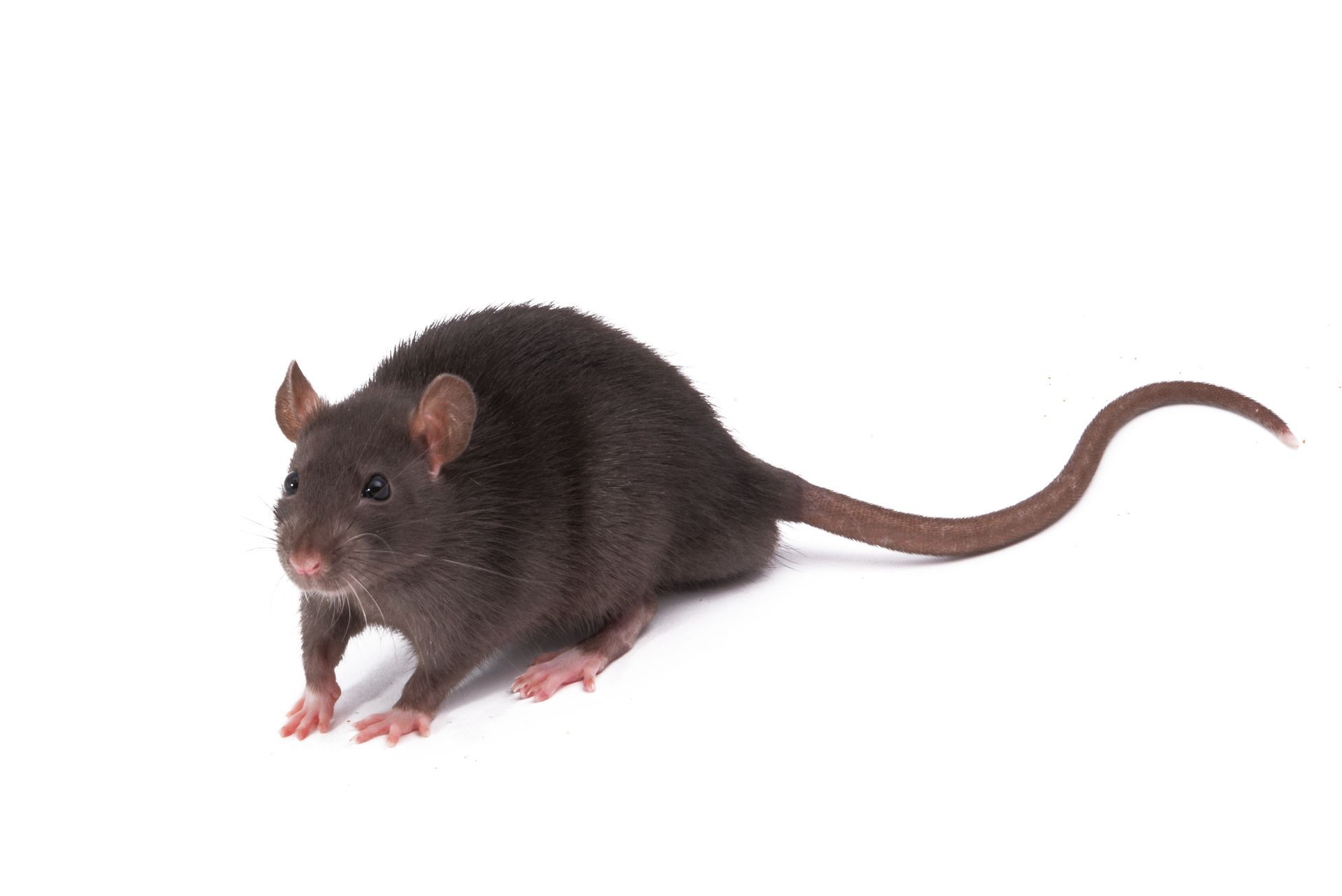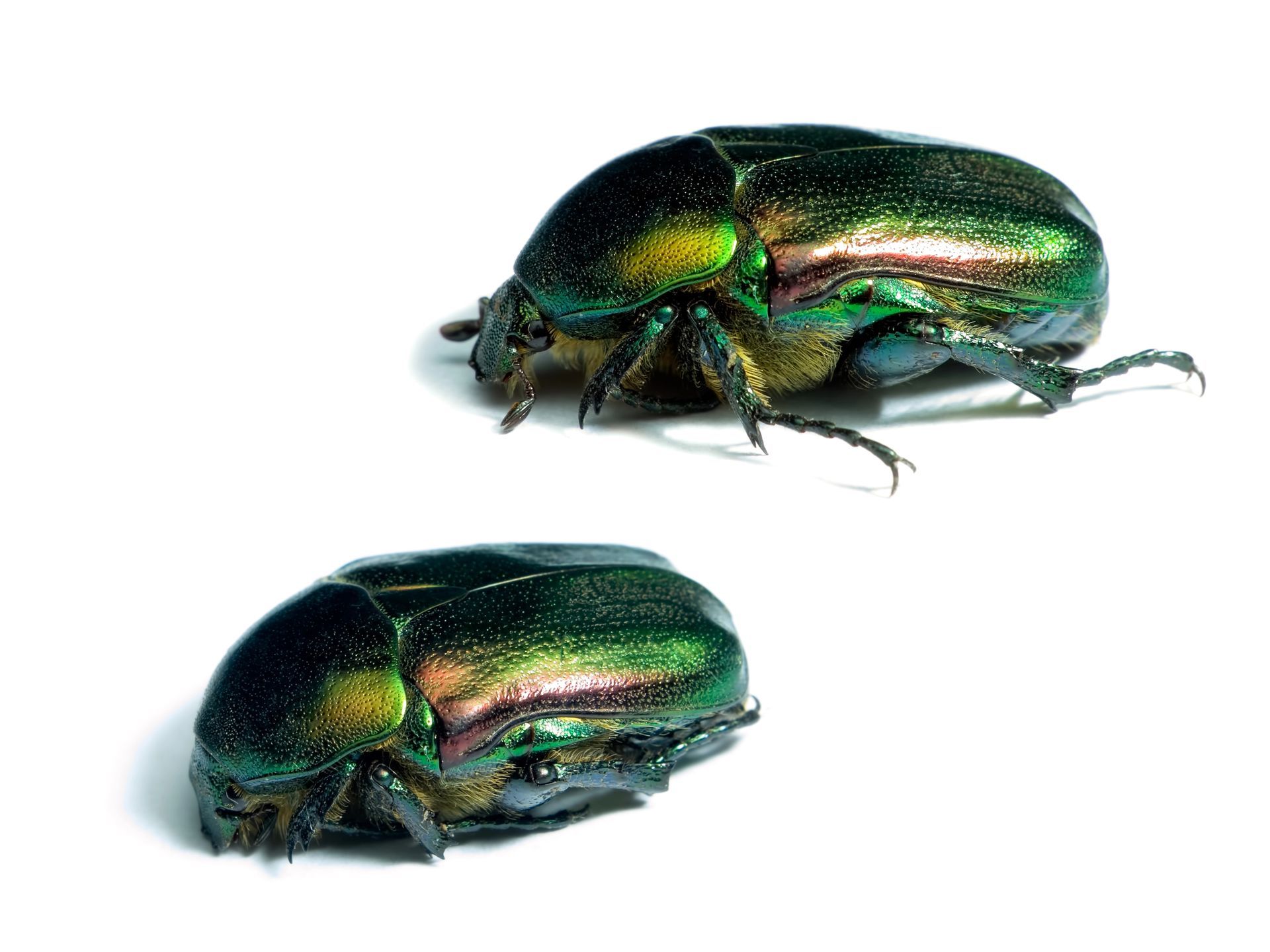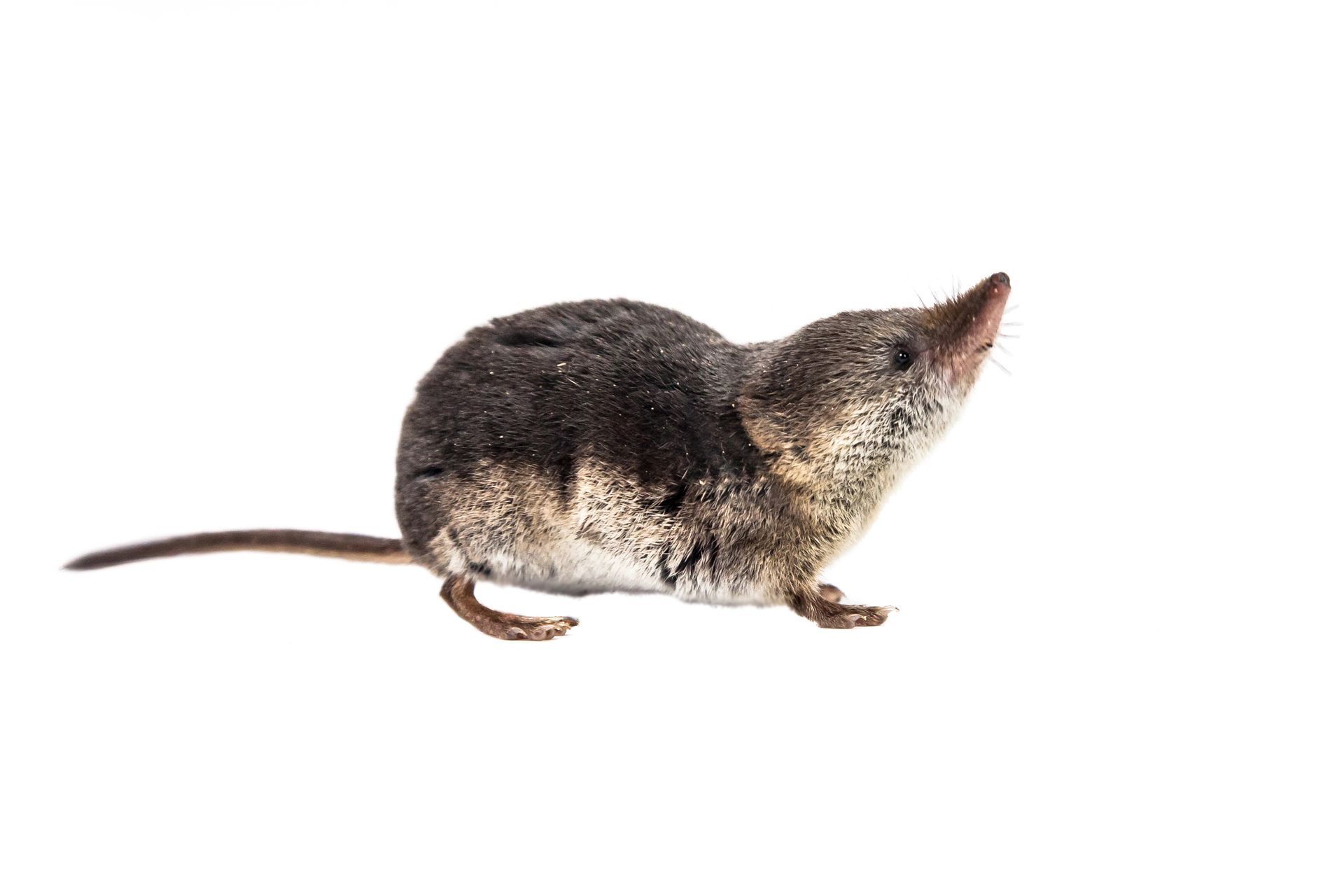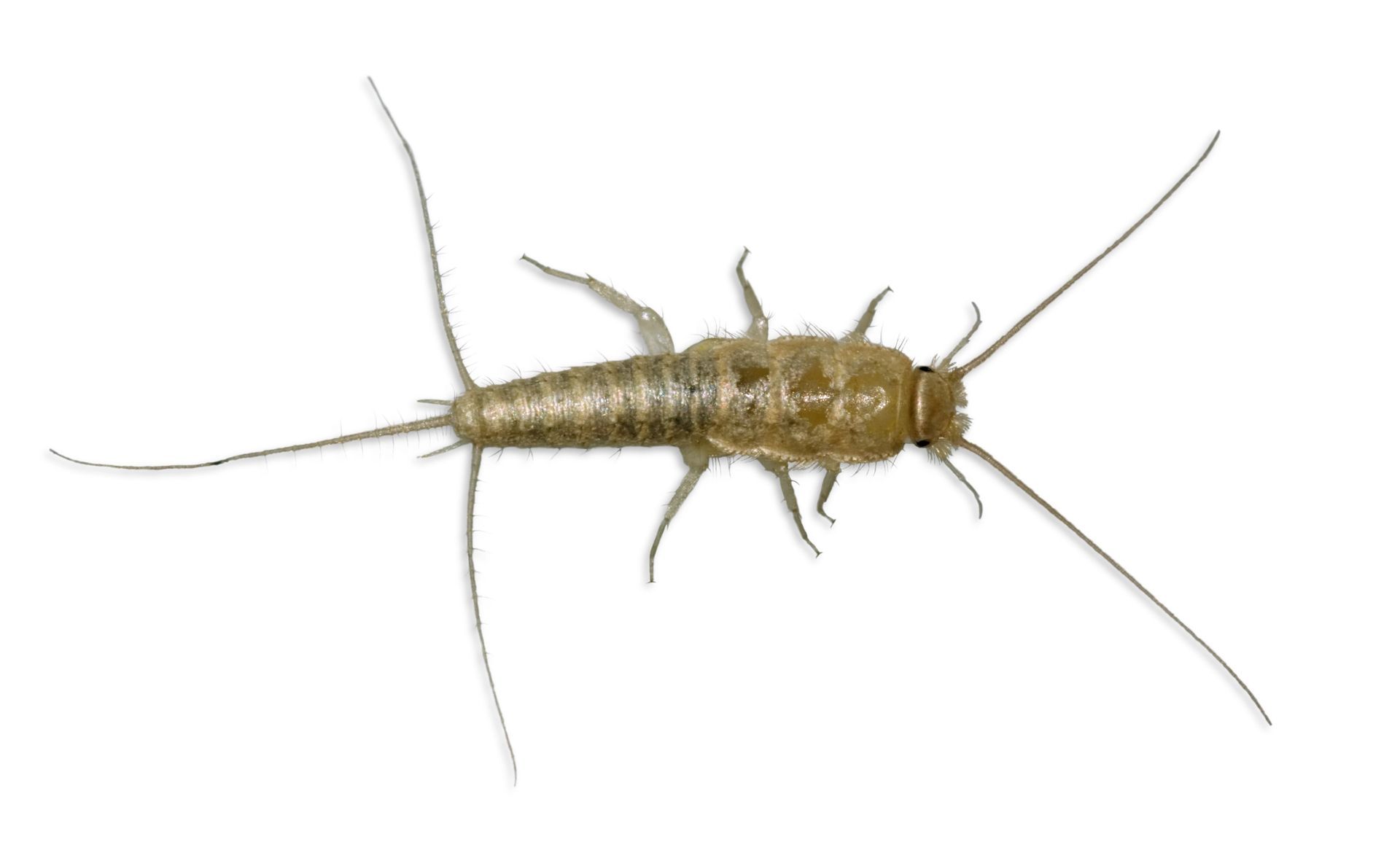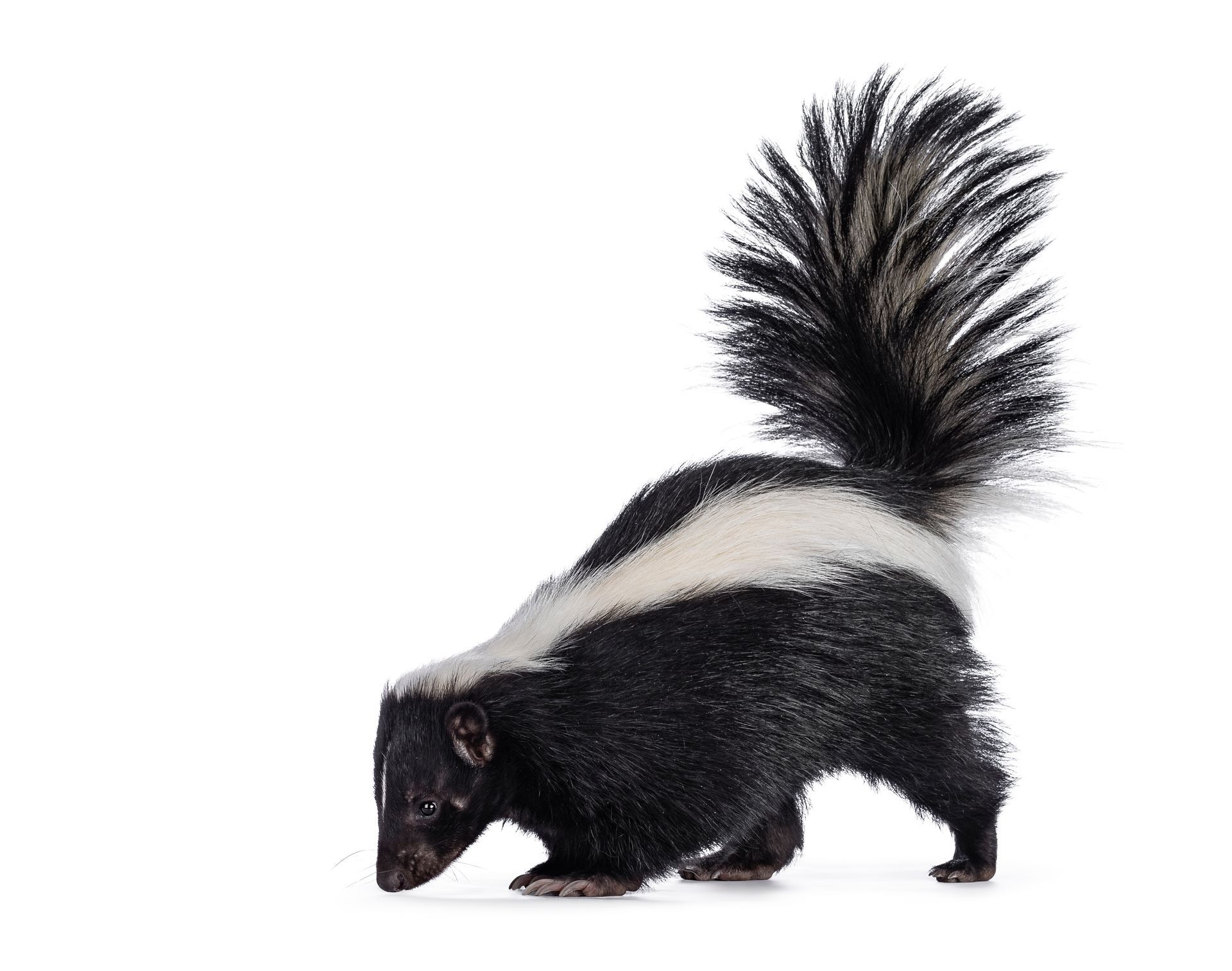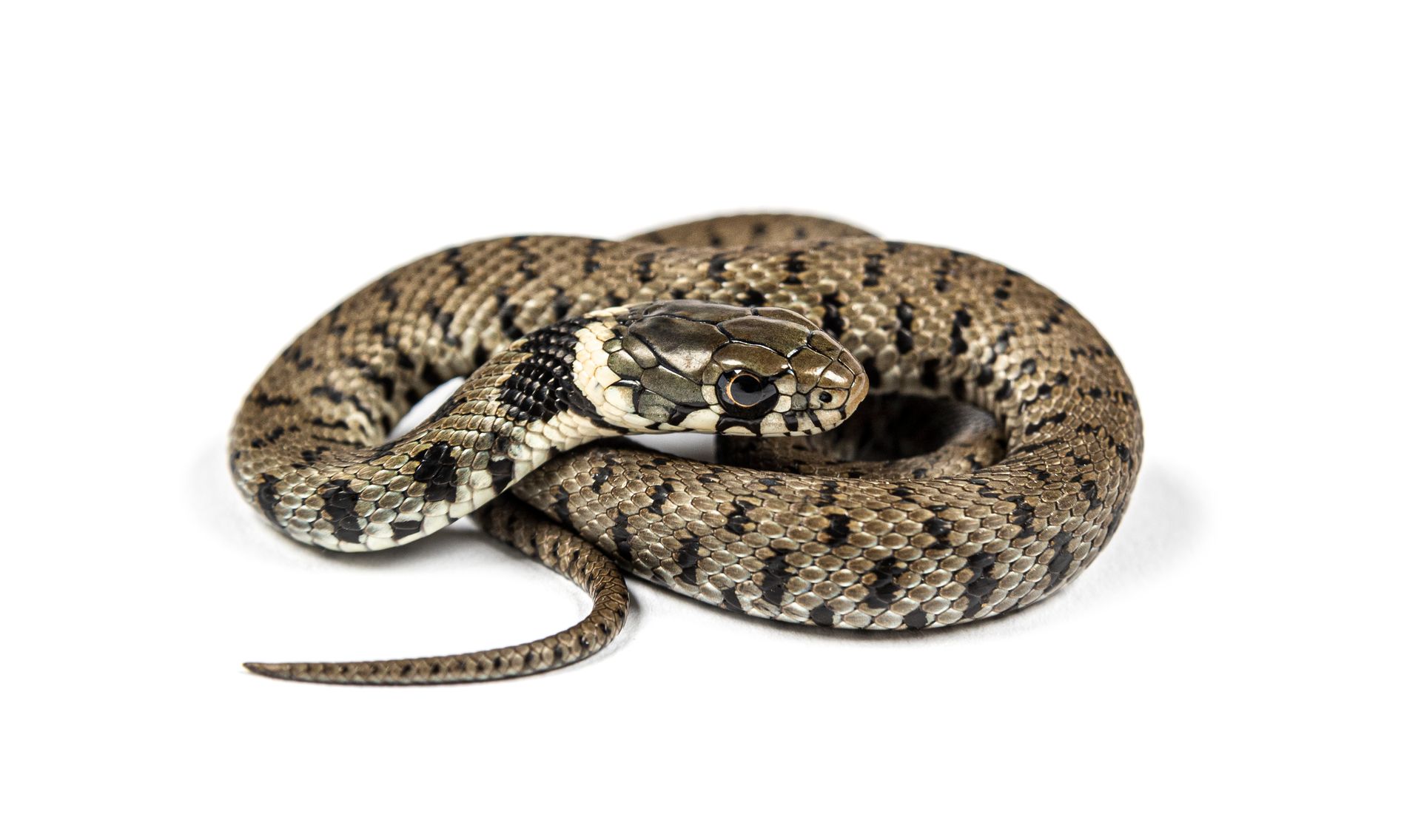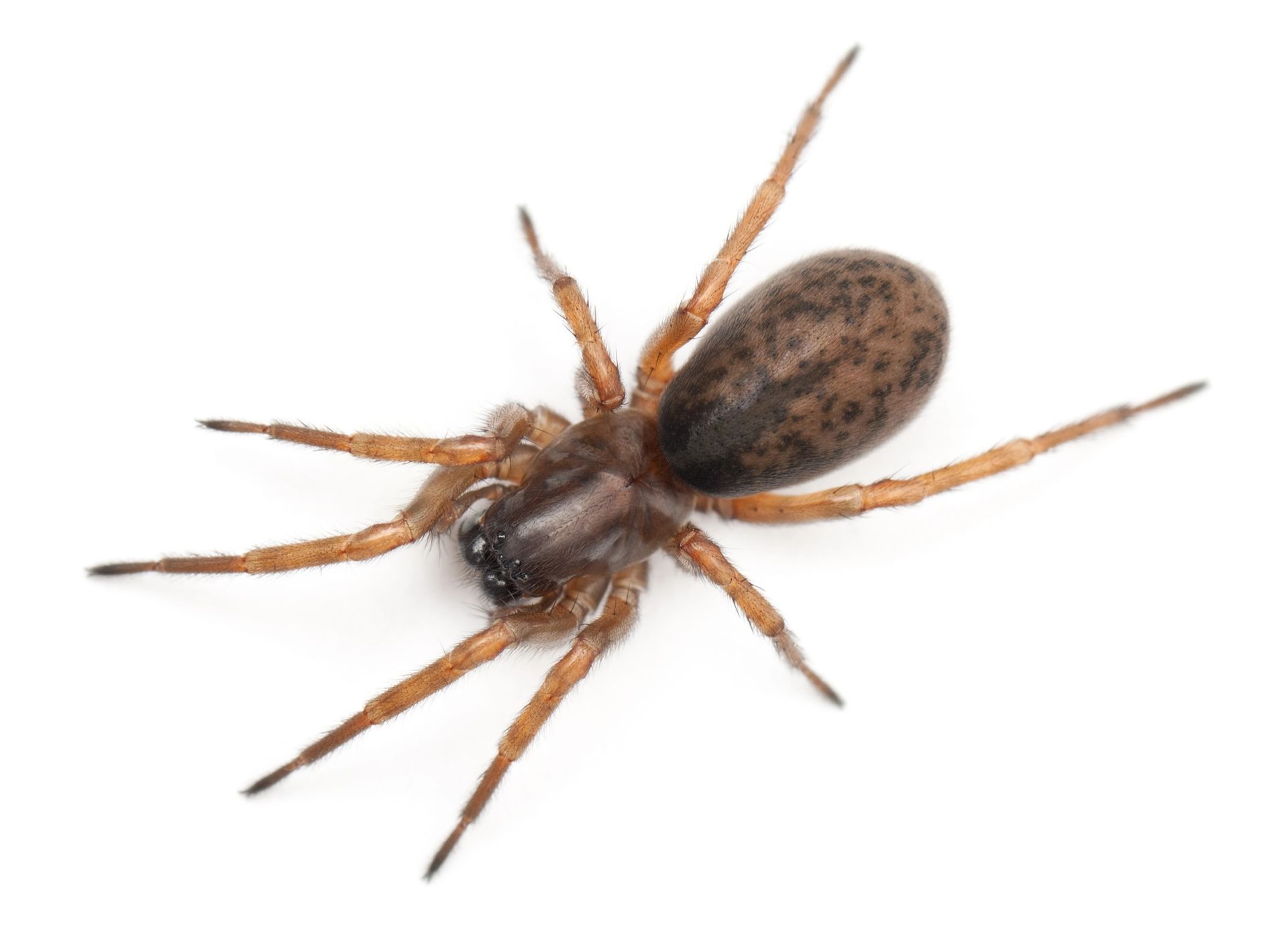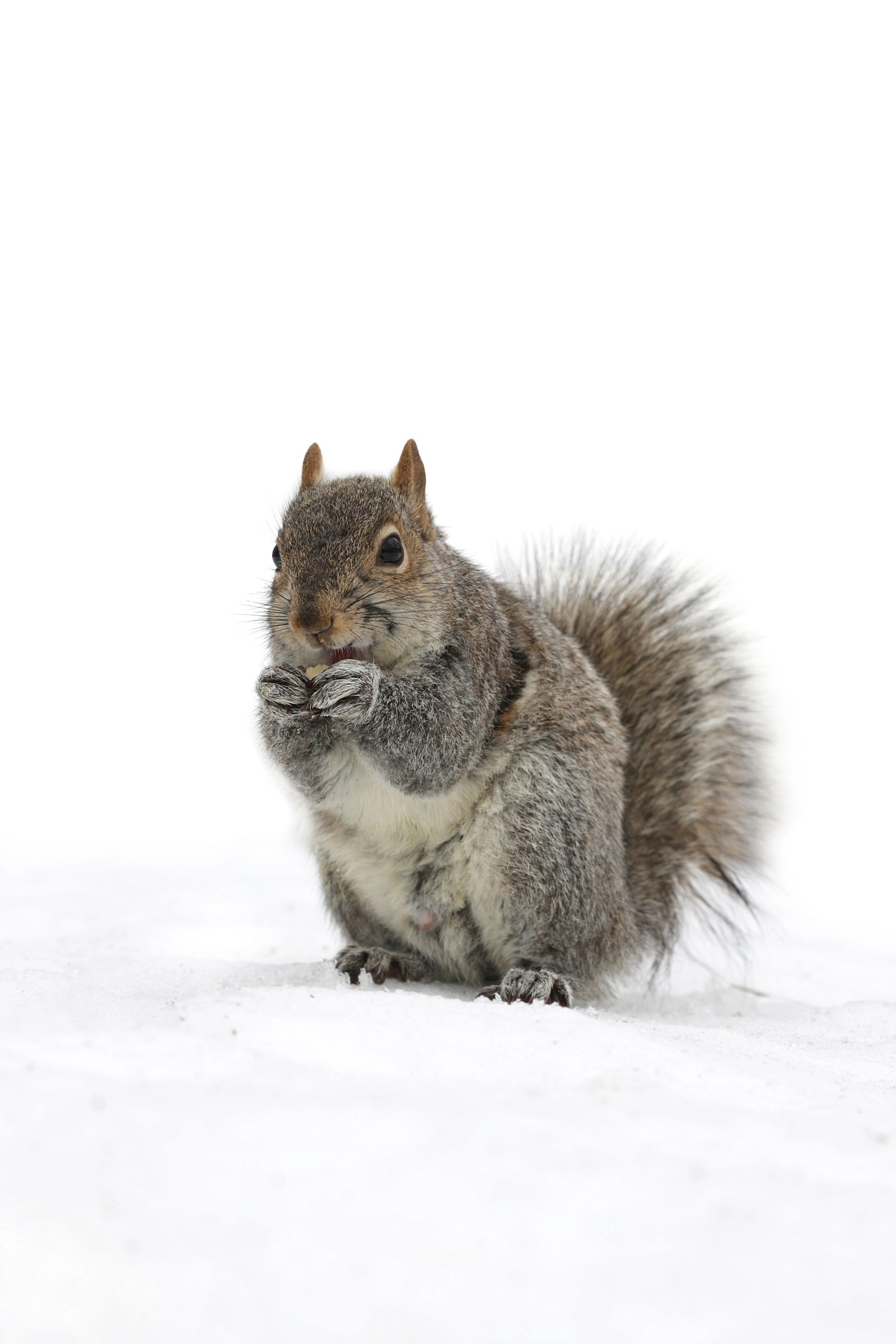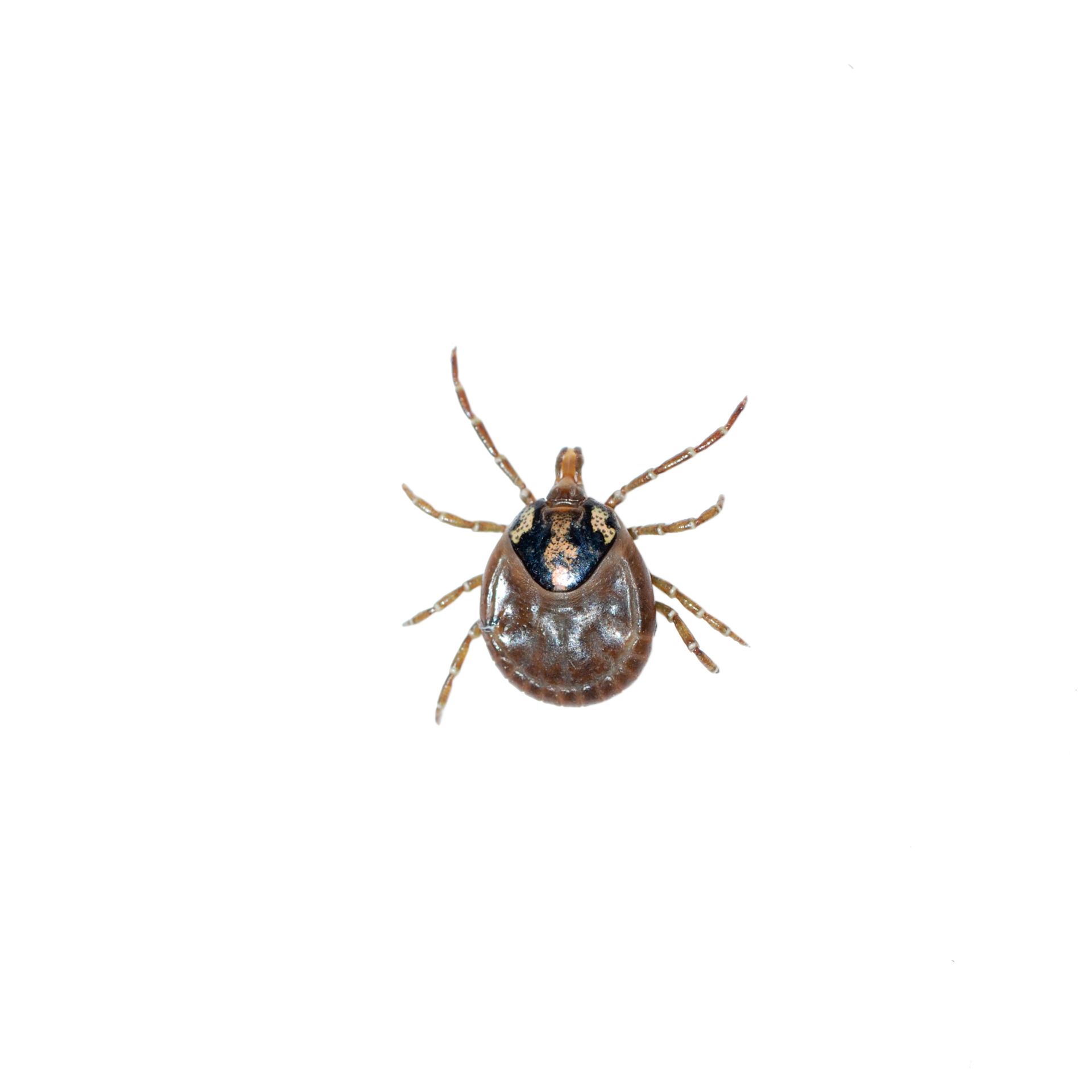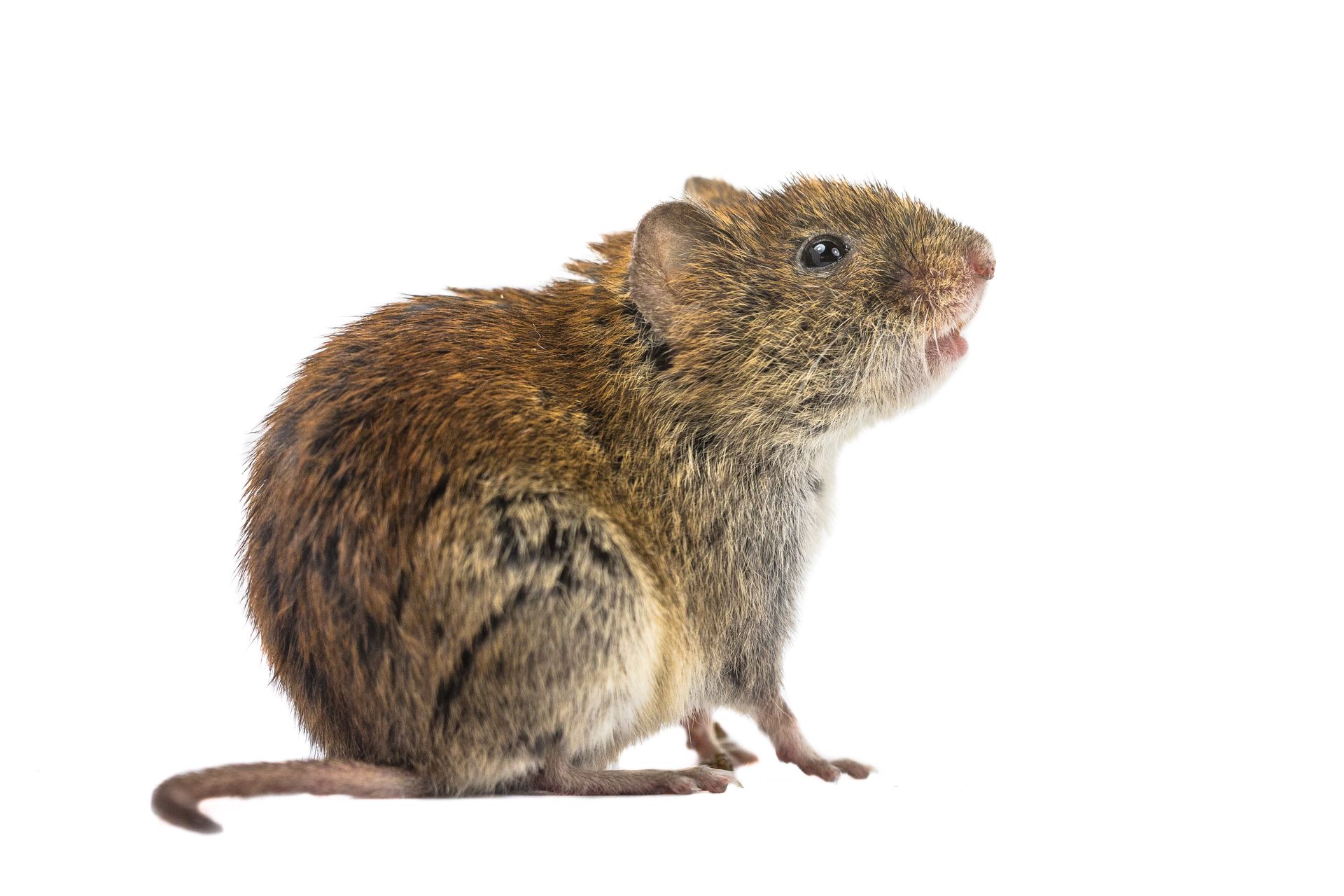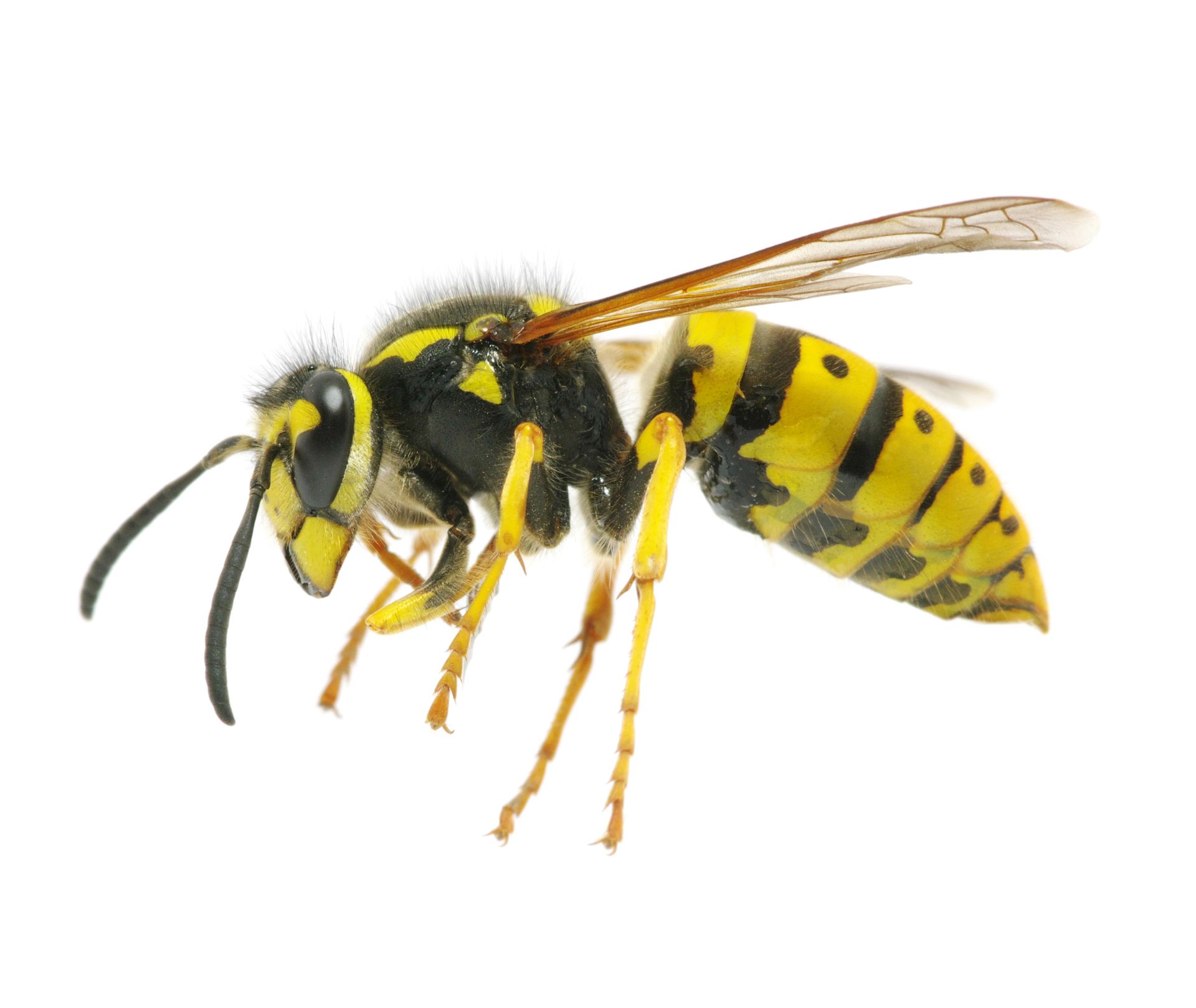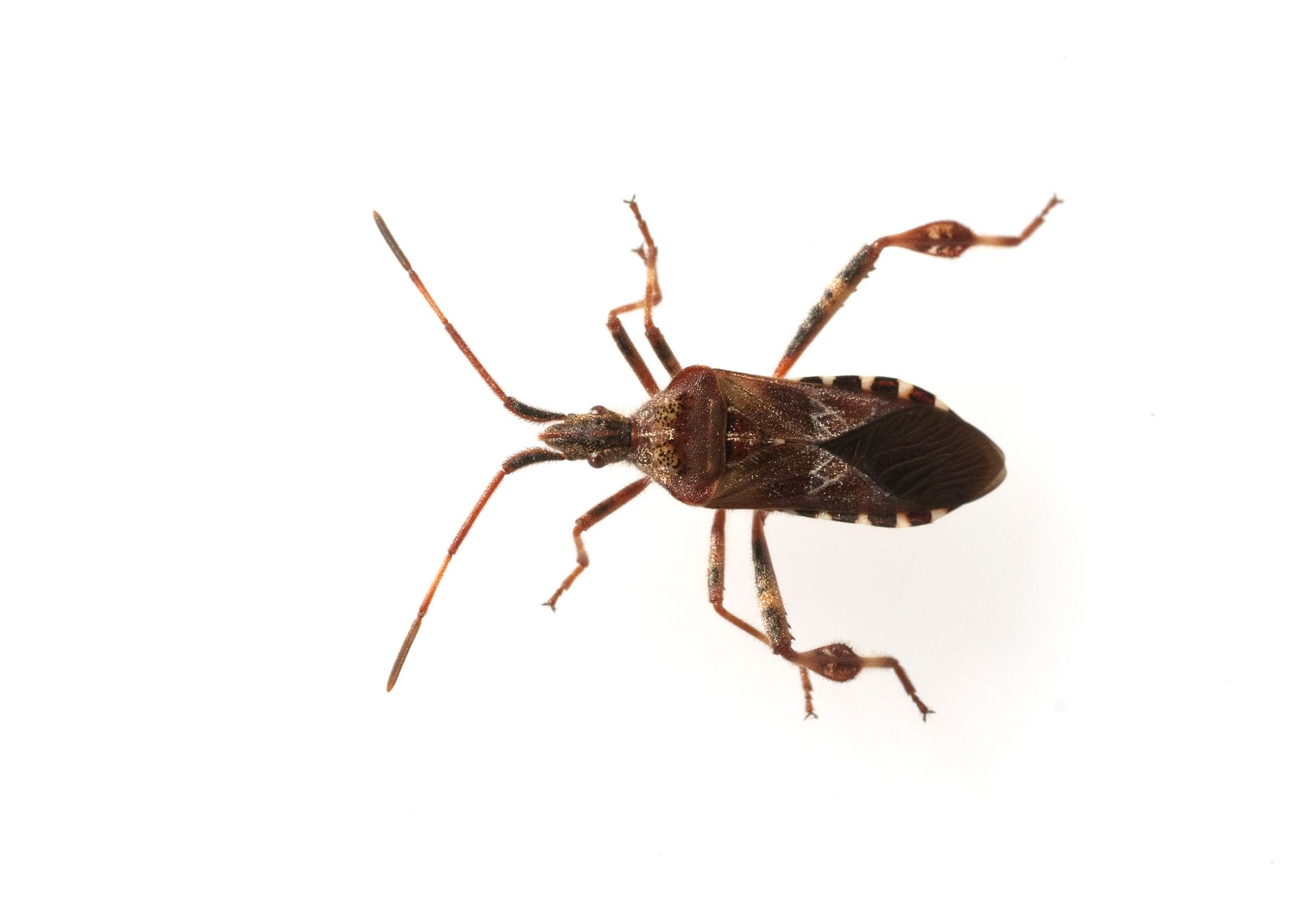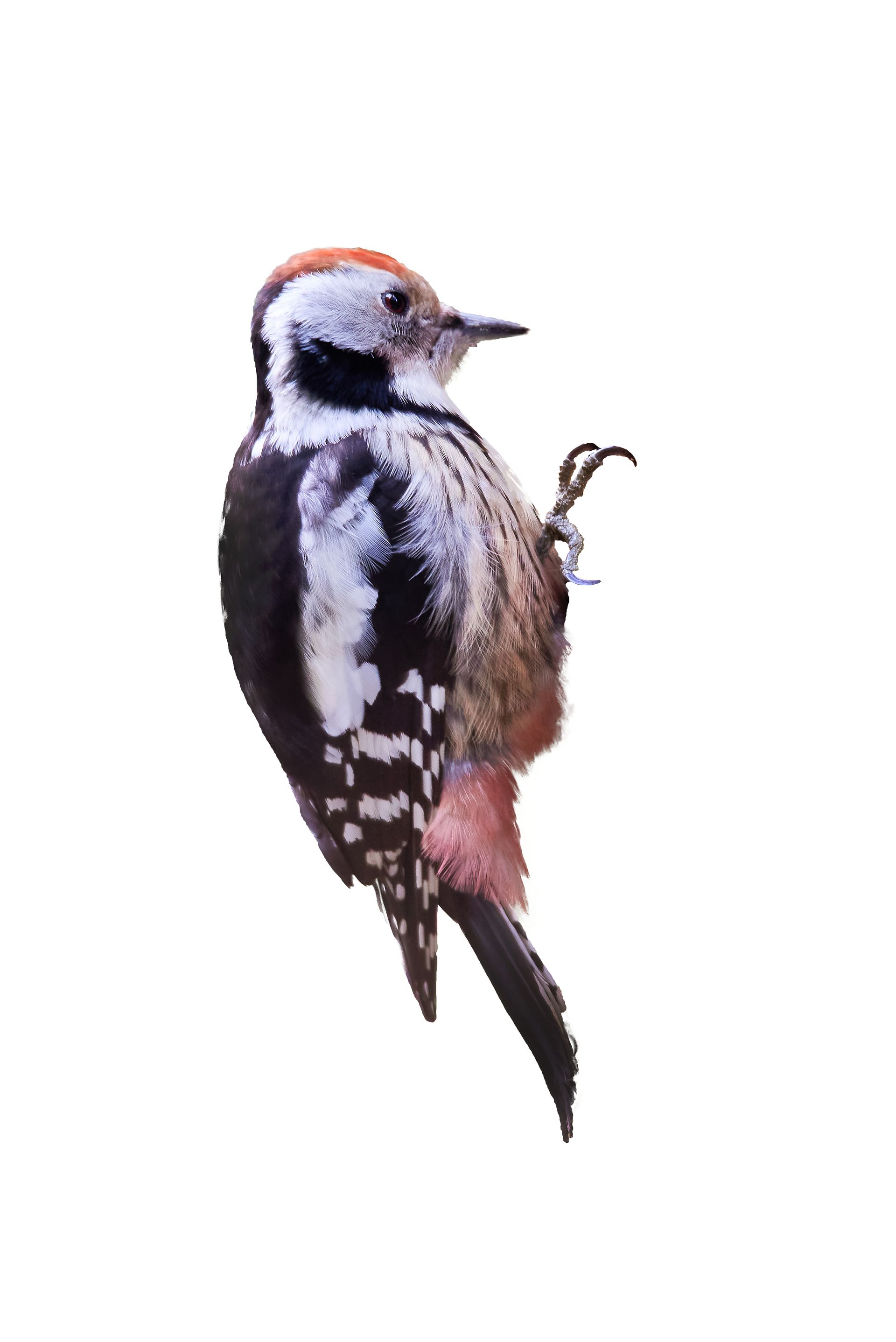Understanding Earwigs in Wisconsin
Earwigs are common insects in Wisconsin, recognizable by their elongated bodies and distinctive pincers, or forceps, on their abdomens. While they are generally harmless to humans, their presence in homes and buildings can be unwelcome and unsettling. Understanding where earwigs are typically found, what attracts them to indoor environments, and why they are unsuitable for homes and buildings is essential for effective management and prevention.
Characteristics and Habitats of Earwigs
Earwigs are slender insects that can grow up to an inch long. They are usually brown or black and have characteristic pincers at the end of their abdomens, which they use for defense and capturing prey. Earwigs are nocturnal and prefer moist, dark environments.
Earwigs are typically found in:
Outdoors:
Under Rocks and Logs: Earwigs commonly inhabit damp areas under rocks, logs, and leaf litter where they can find shelter and food.
Gardens and Mulch: Gardens, mulch beds, and other areas with high moisture content are ideal habitats for earwigs.
Flowerbeds and Compost Piles: These areas provide both food and moisture, attracting earwigs.
Indoors:
Basements and Crawl Spaces: These areas provide the cool, damp conditions that earwigs prefer.
Bathrooms and Kitchens: Earwigs are often found in bathrooms and kitchens due to the availability of moisture.
Laundry Rooms and Utility Areas: These spaces can also attract earwigs because of their dark, undisturbed nature.
Attractions in Homes and Buildings
Earwigs are attracted to homes and buildings for several reasons:
Moisture: Earwigs seek out damp environments, making areas with high humidity or moisture, such as basements, bathrooms, and kitchens, particularly attractive.
Shelter: Earwigs look for sheltered, undisturbed places to hide during the day, such as cracks, crevices, and dark corners.
Food Sources: Earwigs are omnivores and feed on a variety of organic materials, including decaying plant matter, other insects, and occasionally household items like fabrics and paper.
Why Earwigs Are Not Suitable for Homes and Buildings
While earwigs do not pose significant health risks, their presence indoors is generally undesirable for several reasons:
Nuisance:
Unsettling Appearance: Earwigs' fast movements and pincers can be alarming to homeowners.
Frequent Sightings: Seeing earwigs inside the home can be distressing and unsettling for residents.
Potential Damage:
Plant Damage: Indoors, earwigs can feed on houseplants, causing damage to leaves and stems.
Fabric and Paper Damage: Earwigs may occasionally chew on fabrics, paper, and other household items.
Indicators of Moisture Problems:
Moisture Issues: The presence of earwigs often indicates underlying moisture problems in the home, which can lead to other pest issues and structural damage if not addressed.
Prevention and Control
To prevent and control earwig infestations in homes and buildings, consider the following strategies:
Reduce Moisture: Address moisture issues by fixing leaks, using dehumidifiers, and ensuring proper ventilation in damp areas.
Seal Entry Points: Seal cracks and gaps around windows, doors, and foundations to prevent earwigs from entering.
Remove Hiding Places: Declutter areas such as basements, crawl spaces, and storage rooms to reduce hiding spots for earwigs.
Proper Landscaping: Keep mulch, leaf litter, and other organic materials away from the foundation of your home to reduce outdoor habitats for earwigs.
Regular Cleaning: Maintain a clean home by regularly vacuuming and removing debris that could attract earwigs.
Professional Pest Control: For severe infestations, contact a professional pest control service like BugBoss The X-Terminator for effective and targeted earwig management solutions.
Understanding the habits and risks associated with earwigs in Wisconsin is crucial for keeping your home or building free from these pests. If you suspect an earwig problem, taking swift action can prevent further issues and ensure a comfortable living environment. Trust BugBoss The X-Terminator to provide expert advice and effective earwig control solutions tailored to your needs.
Local Pests & Wildlife in Wisconsin

